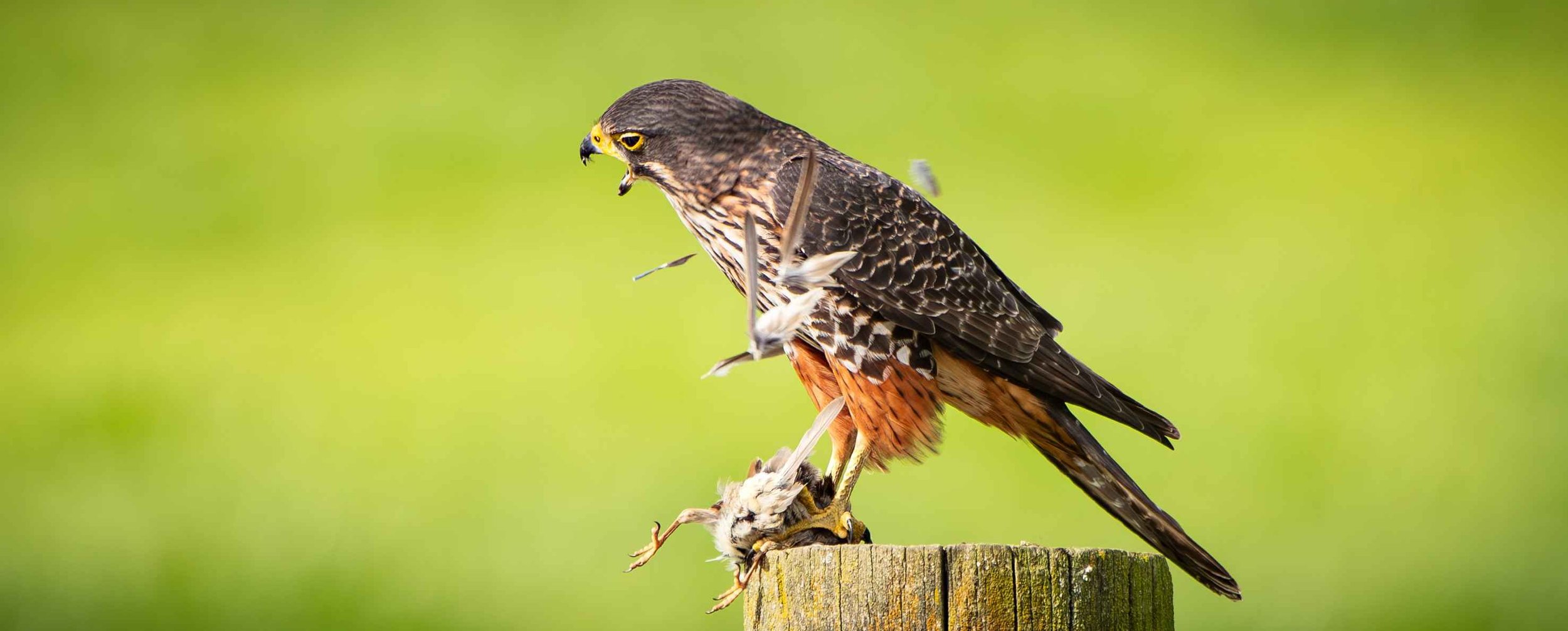
BIRDS
Here you can see the birds I have photographed listed in alphabetical order as you scroll down the page. I’ve included a few little stories along the way, and look out for links to other pages and galleries.
Happy viewing!
ALBATROSS
TOROA

421 SOUTHERN ROYAL ALBATROSS - AKAROA
AUSTRALASIAN COOT
BELLBIRD
KORIMAKO

BITTERN - AUSTRALASIAN
The Australasian Bittern is one of the rarer birds of NewZealand, found in only a few locations around the country. They are getting so few in number, that they’re pretty much fit for the endagered list.
I first heard of the Bittern when working in Mahia in 2020. Before I left I made three trips to the wetland but saw nothing. A year later saw me there again. Every night after work and a couple free days bought nothing again.
Next were the shores of Lake Ellesmere. After a dozen trips into the wetlands I had still seen no Bittern.
Ohope was next. I spent most of my Easter break looking but still nothing.
Then I came to work in South Wairarapa.
So when I was checking out a reserve and came across a sign talking about the Bittern, my interest was peaked but my hopes were not fantastically high.
Of course, time after time I came up empty handed, until after about four months I met a very special lady who showed me a very special place. This was a step back in time and a glimpse of what the land once was. Our second outing bought me my first Bittern sighting - with a couple of photo’s to boot.
500 AUSTRALASIAN BITTERN - J.K. DONALD RESERVE - LAKE WAIRARAPA
502 AUSTRALASIAN BITTERN - J.K. DONALD RESERVE - LAKE WAIRARAPA
537 CABBAGE TREE - J.K. DONALD RESERVE - LAKE WAIRARAPA
MATUKU
BLACKBIRD

193 BLACKBIRD - EPSOM

519 FEMALE BLACKBIRD - QUEEN ELIZABETH PARK - PAEKAKARIKI

169 MALE BLACK BIRD WITH DINNER - COROMANDEL
BROWN BOOBY

177 BROWN BOOBY - MURAWAI
BROWN QUAIL

187 BROWN QUAIL - MAUNGAWHAI
CHICKEN

323 MOTHER HEN & CHICKS - KATIKATI

322 CHICKEN HEN & CHICKS - KATIKATI
CRAKE - MARSH
KAREKE

253 MARSH CRAKE - OHOPE

430 MARSH CRAKE - OHOPE

255 MARSH CRAKE - OHOPE

416 MARSH CRAKE - OHOPE
CRESTED GREBE
KAMANA

135 CRESTED GREBE - KAIAPOI

417 CRESTED GREBES - LAKE FORSYTHE

418 CRESTED GREBES - LAKE FORSYTHE

420 CRESTED GREBES - LAKE FORSYTHE

419 CRESTED GREBES - LAKE FORSYTHE

425 CHASING GREBES - SOUTHERN CRESTED GREBE- LAKE FORSYTHE

426 CHASING GREBES - SOUTHERN CRESTED GREBE - LAKE FORSYTHE

427 SOUTHERN CRESTED GREBE - LAKE FORSYTHE

136 CRESTED GREBE 2 - KAIAPOI
CUCKOO - SHINING
PIPIWHARAUROA

222 SHINING CUCKOO - ROBINSONS BAY AKOROA
DABCHICK
WEWEIA

55 BABY DABCHICK - WEASTERN SPRINGS
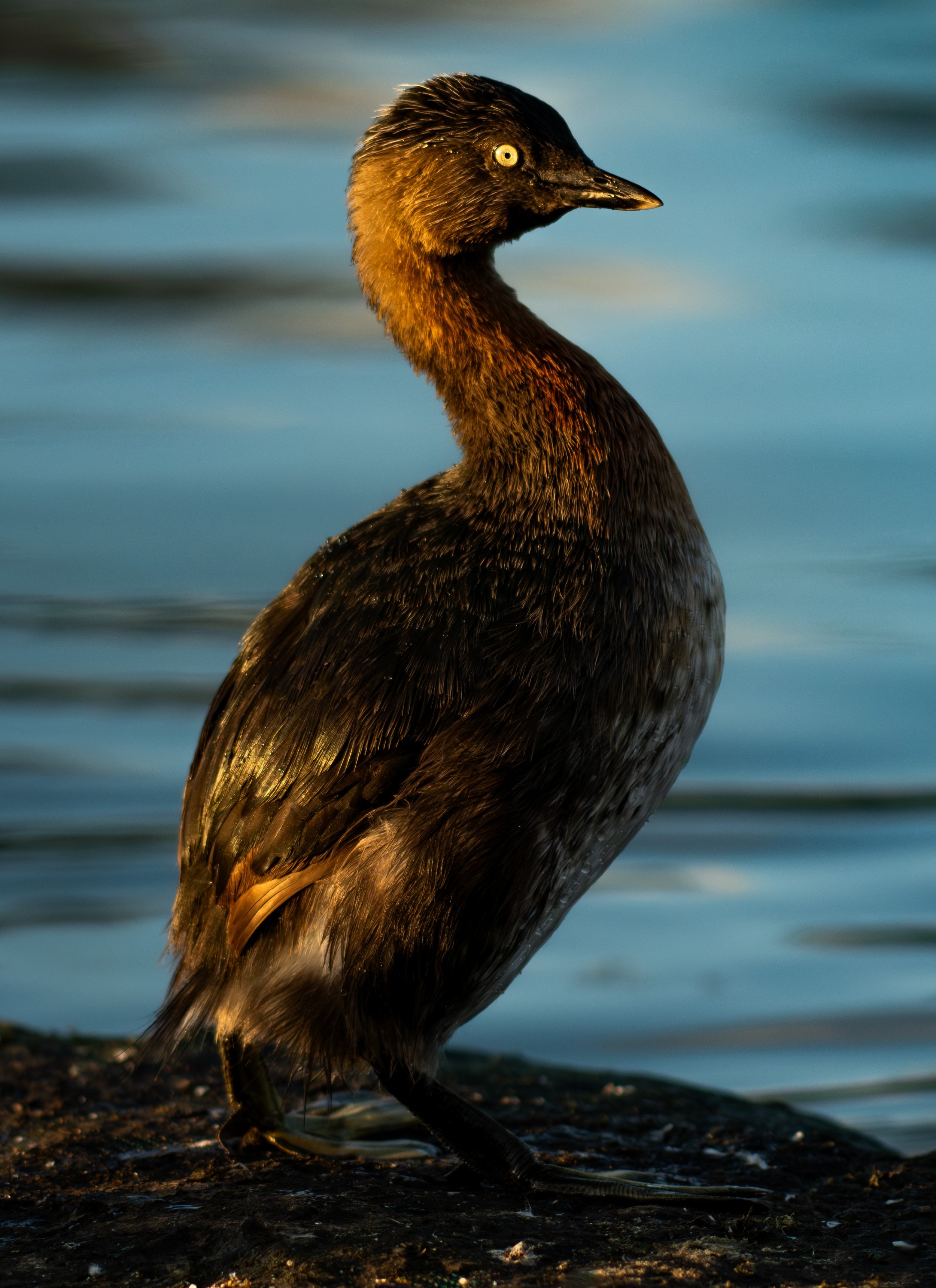
197 DABCHICK - WESTERN SPRINGS

485 DABCHICK - QUEEN ELIZABETH PARK MASTERTON

486 DABCHICK COURTING DANCE - QUEEN ELIZABETH PARK MASTERTON

518 DABCHICK - QUEEN ELIZABETH PARK - PAEKAKARIKI

520 DABCHICK - QUEEN ELIZABETH PARK - PAEKAKARIKI

521 DABCHICK SHAKING OFF - QUEEN ELIZABETH PARK - PAEKAKARIKI

196 BABY DABCHICK - WESTERN SPRINGS
DOTTEREL - BANDED
TURIWHATU

115 BANDED DOTTEREL & CHICK - HAWKS BAY

225 BANDED DOTTEREL - WAIKUKU

40 BANDED DOTTEREL IN FLIGHT

198 BANDED DOTTEREL NESTING - OKIWI BAY

201 BANDED DOTTEREL WITH EGG - OKIWI BAY

443 BANDED DOTTEREL EGGS - ONE HATCHING - OKIWI BAY
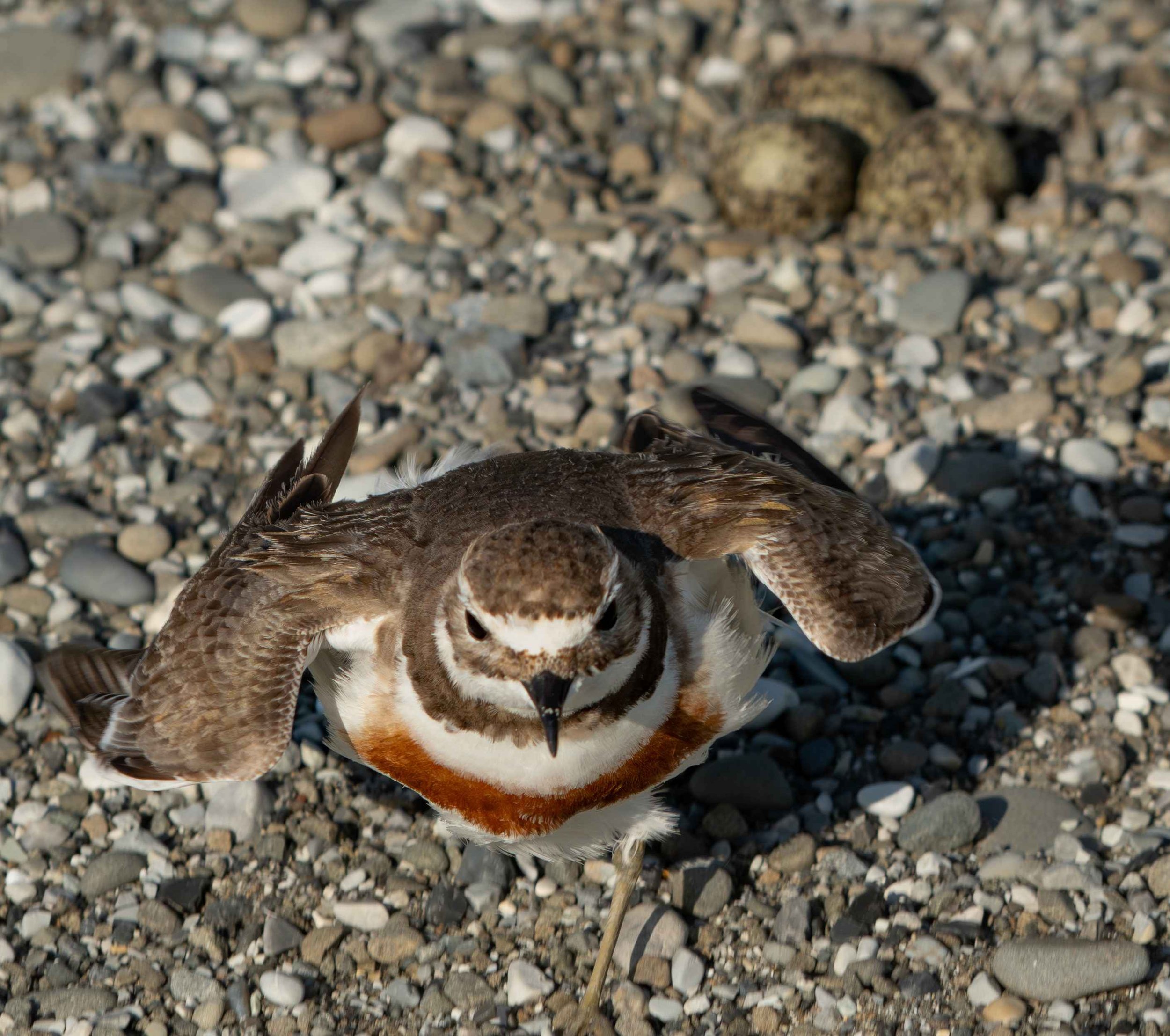
444 BANDED DOTTEREL DEFENDING NEST - OKIWI BAY

442 BANDED DOTTEREL CHICK - DEAD NEXT TO NEST - OKIWI BAY

441 BANDED DOTTEREL - OKIWI BAY

445 BANDED DOTTEREL - OKIWI BAY


655 BANDED DOTTEREL EATING WORM - WAIKUKU

111 BANDED DOTTEREL CHICK - HAWKS BAY
Learning Curve
Years ago I had some time off work. December is a greeat time for wildlife photographers - babies are being made, prepared for and borne.
So where do you go when you are based in Christchurch and want to photograph the wonders of nature? You can go south to see Yellow Eyed Penguins or Royal Albatross, or noth to Kaikoura to shoot surfers, baby seals and a big ol’ variety of shore and sea birds.
Off to Kaikoura!
Now coffee is great when you’re on the road. Calling into a tourist coffee stop I decided to go for a walk along the beach. I’d heard a bit of controversy about this paticular beach, having a camping area right next to a breeding ground for some rare bird. Well darn me if I didn’t almost walk right onto a nest in the pebbles, containing 3 speckled eggs. I’d just found myself the nest of a Banded Dotterel.
Pretty ignorant of stuff back then, I noticed the little bird a bit bigger than a Sparrow, hanging around me acting funny. I got some great shots of the nest and this cute little guy, putting his wing up, acting injured, trying to lead me away from his nest.
For the next 3 days I was on nest stake out, snapping off hundreds of images as the lone parent stressed about me. He had good reason to be stressing. On the second day I arrived in the morning to find an egg hatched with a dead chick lying next to the nest. It was gone by the afternoon - most likely taken by the Dominican Gulls hovering nearby. On the third day I went to get coffee. Arriving back after about 10 minutes, I found another egg halfway hatched and witnessed the birth of a Banded Dotterel chick.
What an amazing experience. I felt like watching National Geographic.
Unfortunately that was all the time I could spare - back to work for me. I didn’t see the last chick hatch and often wonder if the babies survived, especially with only one parent - who watches them while Dad’s away getting dinner? Something must have happened to the mother, as Dotterels are never far away from their mates for long. There was the constant presence of Dominican Gulls, waiting for their chance at an easy meal. These are the Dotterels biggest enemies alongside cats, dogs and stoats - and of course people.
Consider This
What you see here is the equivalent of you or I protecting our home by waving our arms whilst charging a 40 meter high giant
Here you can see the frightened father sitting low on his nest, oblivious of my good intentions. Behind him, mostly obscured by the larger stone, lies the body of the dead chick.
Despite my ignorance
In the back of my mind I knew there was something wrong with what I was doing here, harassing the little guy, making his already difficult time even worse.
looking back years later, I know just how wrong my conduct was.
So I remember Jeremy when I’m tempted to annoy nature.
I consider the knowledge I’ve gained and the people I’ve learnt from. I put my faith in patience, perseverance and practice (and Nikons’ awesome glass), to capture the images you see here.
Everybody should know why taking care and showing respect for our feathered friends is so important.
ESPECIALLY WILDLIFE PHOTOGRAPHERS
Dotterel nests are usually nothing more than a depression in sand or pebbles. They like open ground with 360 degrees of view and rely heavily on camoflage for their survival.
You can see the chicks’ beak punching through the front egg. I saw it break through and watched for about 4 hours before sundown. The photo to the left is what I saw the next morning. Maybe the little guy just had too tough a time hatching and died from exhaustion / dehydration. With blazing sun, blowing a gale and no real shelter, the odds were really stacked against.
This is my only remaining photo of Jeremy (my name for the little tike), thanks to the prick who burgled me and took my hard drives and back ups.
Good luck Jeremy, I hope you (and your little sister) made it and are each having little Jeremy’s of your own.
DOTTEREL - BLACK FRONTED
TURIWHATU

333 BLACK FRONTED DOTTEREL - LAKE WAIRARAPA

336 BLACK FRONTED DOTTEREL - LAKE WAIRARAPA

337 BLACK FRONTED DOTTERELS - LAKE WAIRARAPA

338 BLK FRONTED DOTTEREL BATHING - LAKE WAIRARAPA

339 BLK FRONTED DOTTEREL BATHING - LAKE WAIRARAPA

340 BLK FRONTED DOTTEREL PREENING - LAKE WAIRARAPA

341 BLK FRONTED DOTTEREL - LAKE WAIRARAPA

342 BLK FRONTED DOTTERELS - LAKE WAIRARAPA

343 BLK FRONTED DOTTEREL - LAKE WAIRARAPA

381 BLACK FRONTED DOTTEREL - LAKE WAIRARAPA

382 BLACK FRONTED DOTTEREL SCRATCHING - LAKE WAIRARAPA

383 BLACK FRONTED DOTTERELS - LAKE WAIRARAPA

533 BLACK FRONTED DOTTEREL - RUAMAHANGA RIVER

626 BLACK FRONTED DOTTEREL - LAKE WAIRARAPA

628 BLACK FRONTED DOTTEREL LAKE WAIRARAPA

632 BLACK FRONTED DOTTEREL - LAKE WAIRARAPA

641 BLACK FRONTED DOTTEREL - LAKE WAIRARAPA

705 BLACK FRONTED DOTTEREL - LAKE WAIRARAPA

330 BLACK FRONTED DOTTEREL - LAKE WAIRARAPA
DOTTEREL - NEWZEALAND
TURIWHATU

83 NEWZEALAND DOTTEREL

82 NEWZEALAND DOTTEREL

314 NEWZEALAND DOTTEREL EGGS - NAPIER

316 NEWZEALAND DOTTEREL EGGS - LANGS BEACH

325 NEWZEALAND DOTTEREL - NAPIER

673 NEWZEALAND DOTTEREL IN DECOY MODE - COROMANDEL PENINSULA

81 NEWZEALAND DOTTEREL
DUCK

156 MALLARD DUCK - TRAVIS WETLAND

250 AUSTRALASIAN SHOVELER - LAKE PEARSON

165 PARADISE DUCK CHICK - NELSON

326 PARADISE DUCK CHICK - NELSON

405 PARADISE DUCKLING - TRAVIS WETLAND

479 MALLARD DUCK SUNRISE - HENLEY LAKE

77 THREE WHITE DUCKS - MASTERTON
DUCK - AUSTRALASIAN SHOVELER

605 AUSTRALASIAN SHOVELERS - J.K. DONALD RESERVE - LAKE WAIRARAPA

250 AUSTRALASIAN SHOVELER - LAKE PEARSON
DUCK - BLUE
WHIO

191 BLUE DUCK & CHICK - OHAKUNI

170 BLUE DUCK - OHAKUNI
DUCK - MALLARD

479 MALLARD DUCK SUNRISE - HENLEY LAKE

414 BLACK SWAN, COOTS & MALLARD DUCK - HENLY LAKE

156 MALLARD DUCK - TRAVIS WETLAND
DUCK - PARADISE

405 PARADISE DUCKLING - TRAVIS WETLAND

326 PARADISE DUCK CHICK - NELSON

612 PARADISE DUCK - MILLENNIUM PARK - MASTERTON

165 PARADISE DUCK CHICK - NELSON
DUCK - GREY TEAL
TETE MOROITI

677 GREY TEAL & BABIES - QUEEN ELIZABETH PARK - MASTERTON
FALCON
KAREAREA
570 NEWZEALAND FALCON - GREYTOWN
Whatching this absolute weapon of a creature hunting was one of the highlights of my stay in Southern Wairarapa. This little guy was so fast and agile, the poor wee Sparrows never stood a chance.
Click on either of these images or the link above to see the sequences of what happens after a Falcon catches his dinner.
A WORD OF WARNING: These images capture a Falcon munching on a cute little Sparrow and are quite GRAPHIC.
CLICK IMAGE
552 NEWZEALAND FALCON EATING SPARROW - GREYTOWN
564 NEWZEALAND FALCON EATING SPARROW #2 - GREYTOWN

570 NEWZEALAND FALCON - GREYTOWN

571 NEWZEALAND FALCON - GREYTOWN

574 NEWZEALAND FALCON - GREYTOWN

600 FALCON LAUNCHING INTO DIVE - GREYTOWN

603 NEWZEALAND FALCON - GREYTOWN

604 FALCON IN FLIGHT - GREYTOWN

596 FALCON IN FLIGHT - GREYTOWN

598 FALCON ABOUT TO STRIKE - GREYTOWN

569 NEWZEALAND FALCON - GREYTOWN
FANTAIL
PIWAKAWAKA













530 FANTAIL - WAIOHINE GORGE

532 FANTAIL - WAIOHINE GORGE

620 FANTAIL - WAIOHINE GORGE - WAIRARAPA

FANTAIL - BLACK

154 BLACK FANTAIL - NELSON

151 BLACK FANTAIL - NELSON
FANTAIL - CHATHAM ISLANDS

708 CHATHAM ISLANDS FANTAIL - WAITANGI - CHATHAM ISLANDS
FINCH - CHAFFINCH

640 CHAFFINCH - GREYTOWN

679 FEMALE CHAFFINCH - QUEEN ELIZABETH PARK - MASTERTON

714 CHAFFINCH FEEDING CHICK - GREYTOWN

718 CHAFFINCH & CHICK - GREYTOWN

720 BABY CHAFFINCH - GREYTOWN

722 FEMALE CHAFFINCH - GREYTOWN

723 FEMALE CHAFFINCH - GREYTOWN

609 CHAFFINCH - RUAMAHANGA RIVER - WAIRARAPA
FINCH - GOLDFINCH

526 GOLDFINCHE - GREYTOWN

527 GOLDFINCHE - GREYTOWN

528 GOLDFINCHE - GREYTOWN
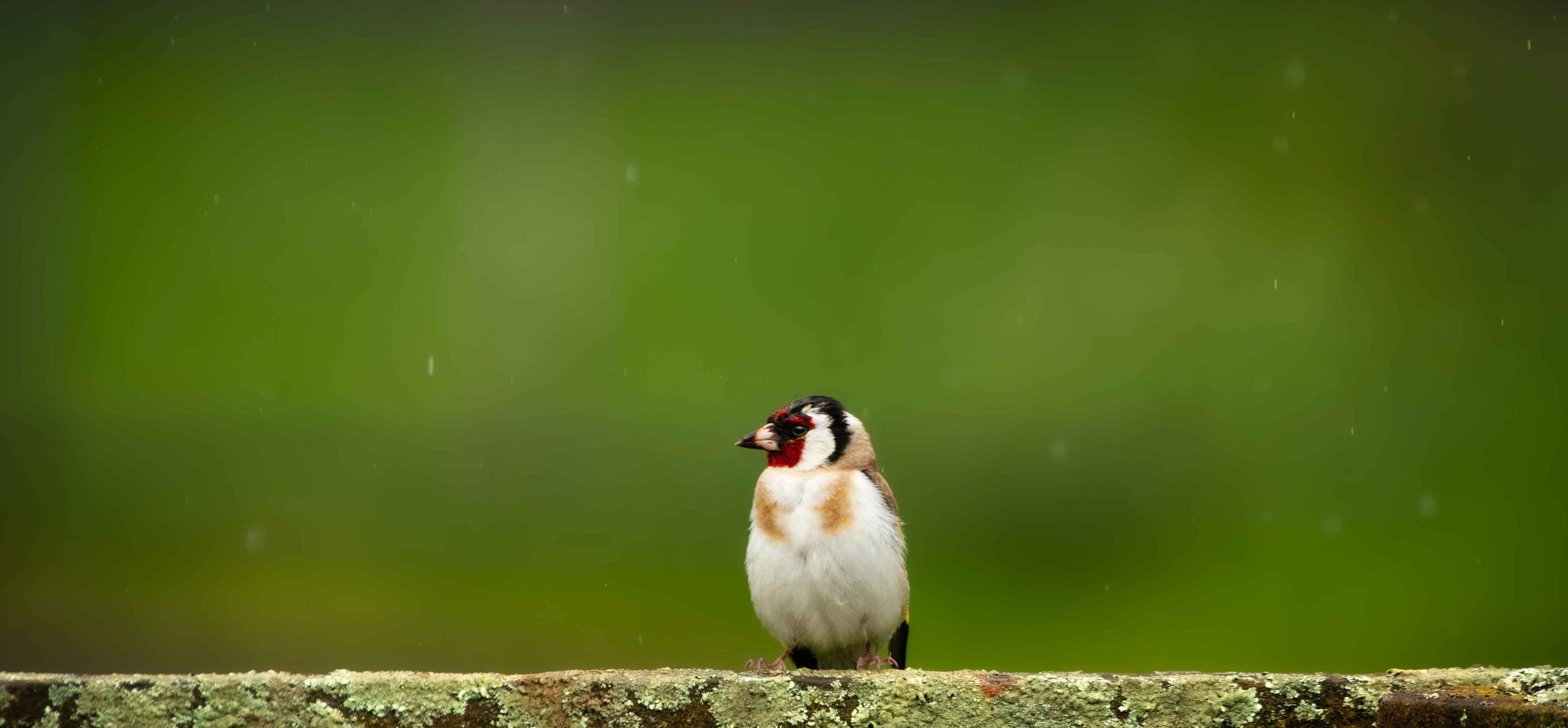
662 GOLDFINCH - GREYTOWN

717 GOLDFINCH WITH NEST BUILDING STUFF - GREYTOWN
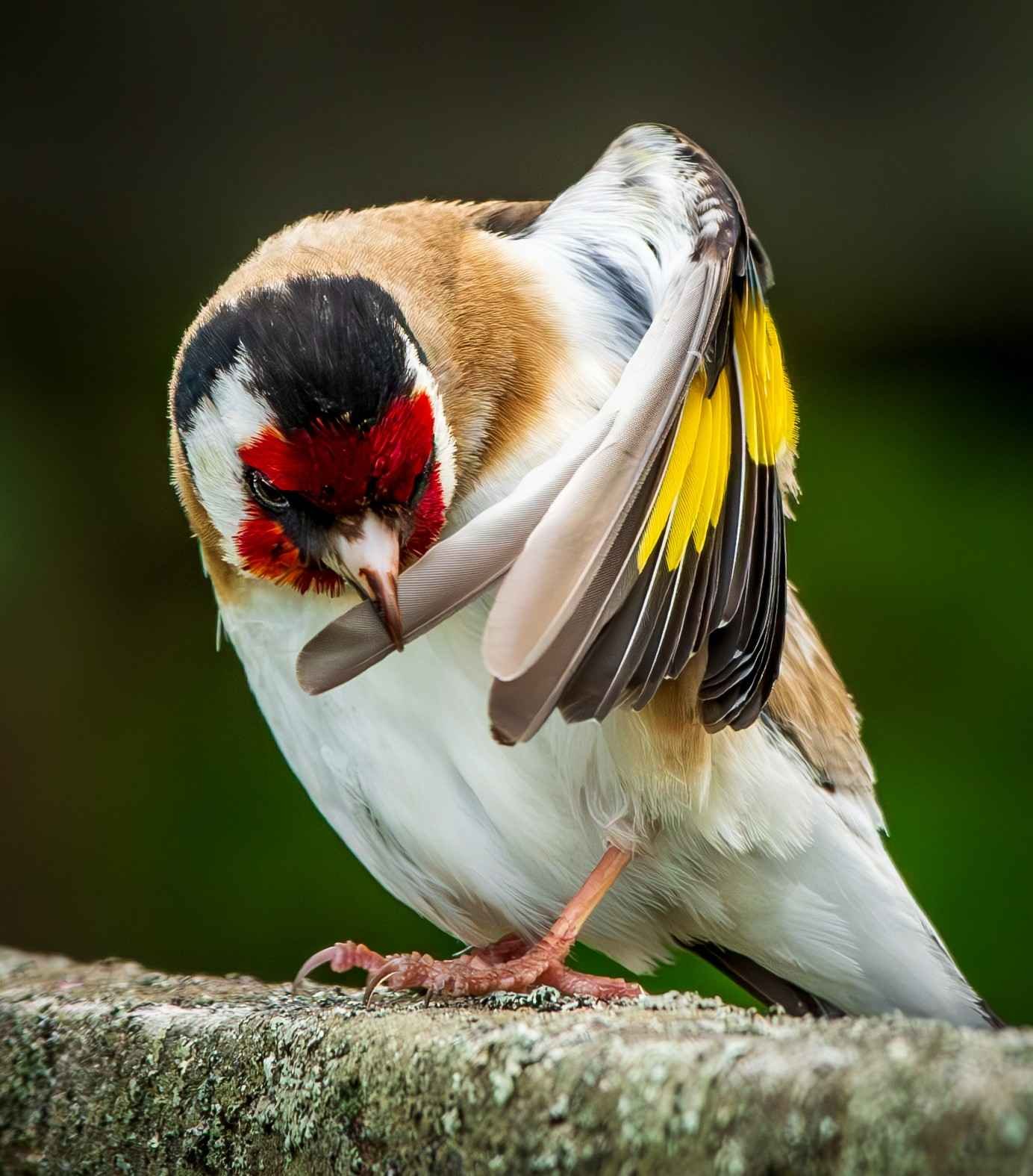
732 GOLDFINCH PREENING - GREYTOWN

366 GOLDFINCHES - LAKE WAIRARAPA
FINCH - GREENFINCH

719 GREENFINCH - GREYTOWN

724 GREENFINCH - GREYTOWN

653 GREENFINCH - GREYTOWN
GANNET
TAKAPU

12 GANNET LANDING - CAPE KIDNAPPERS

84 GANNET - CAPE KIDNAPPERS
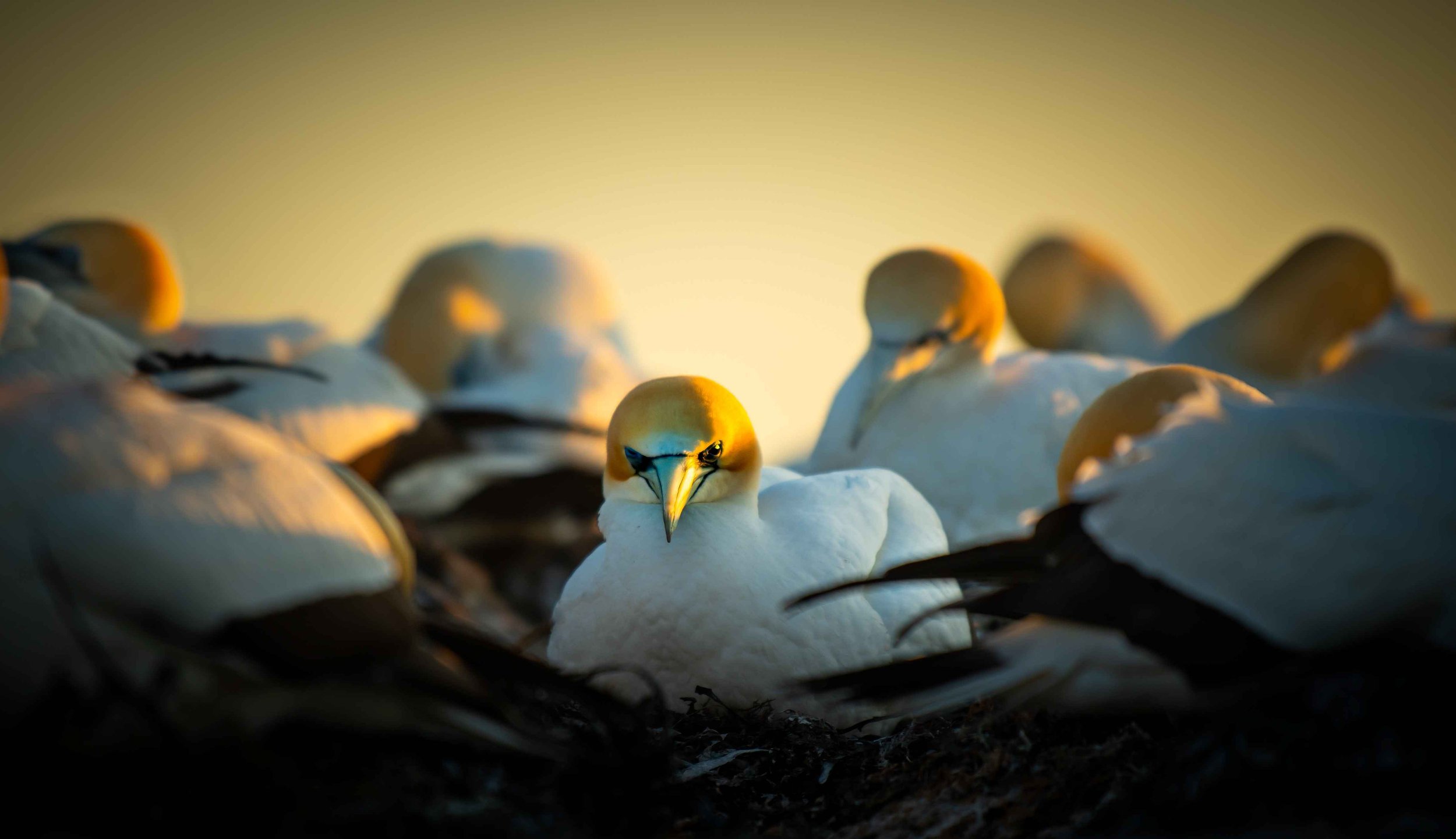
85 GANNETS - CAPE KIDNAPPERS

97 GANNET WITH HATCHING EGG - MURAWAI

108 GANNET - CAPE KIDNAPPERS
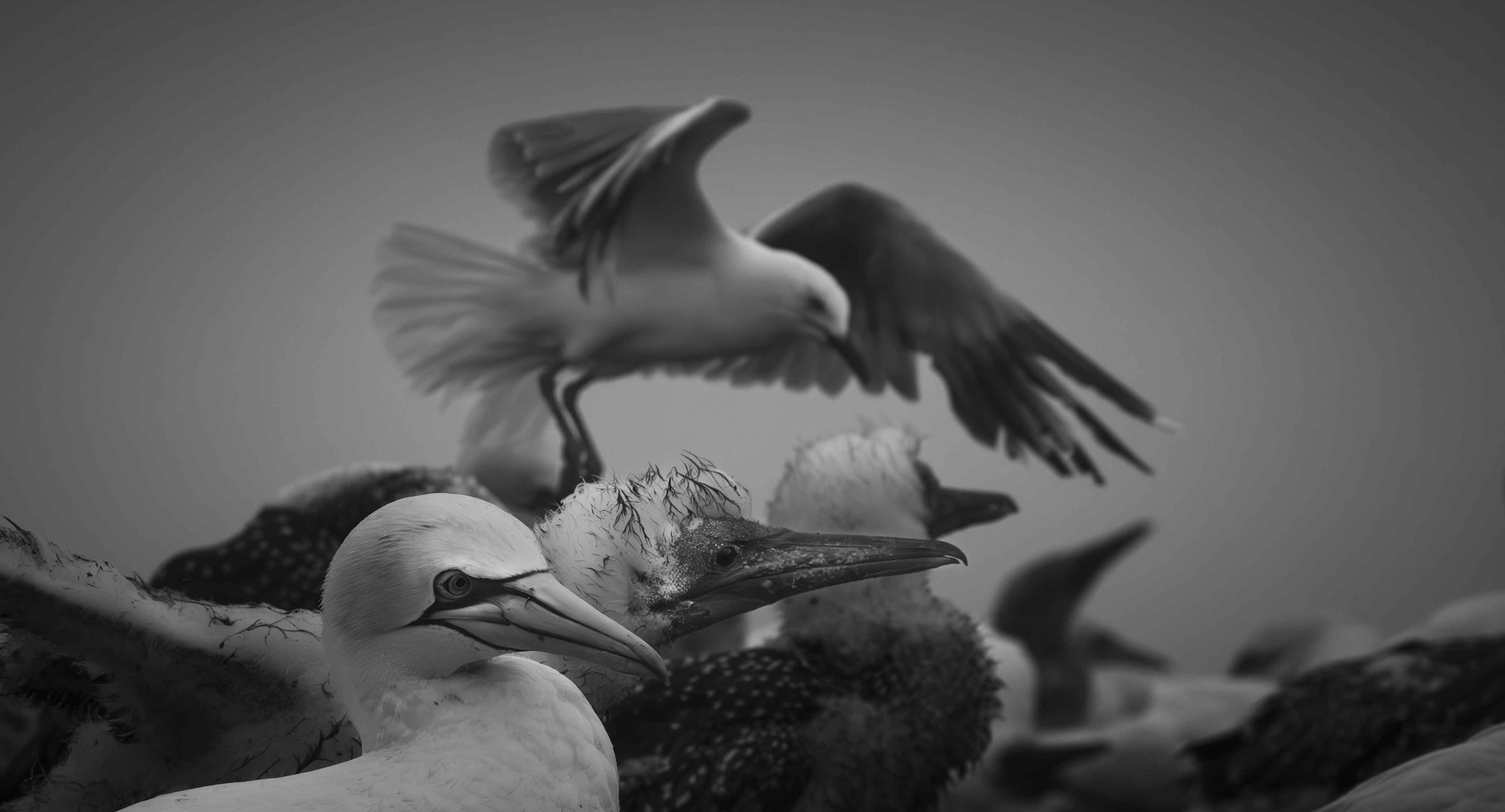
110 GANNET COLONY CYCLONE 2022 - CAPE KIDNAPPERS

114 GANNETS - CAPE KIDNAPPERS

171 GANNETS - MURAWAI

172 LONE GANNET SUNSET - MURAWAI

179 SLEEPING GANNET - MURAWAI

200 GANNET - CAPE KIDNAPPERS

206 GANNETS MOONLIGHT SCHMOOZING - CAPE KIDNAPPERS

207 GANNET MOONLIGHT FLIGHT - CAPE KIDNAPPERS

208 GANNETS SCHMOOZING - CAPE KIDNAPPERS

229 MOONLIGHT GANNETS - CAPE KIDNAPPERS
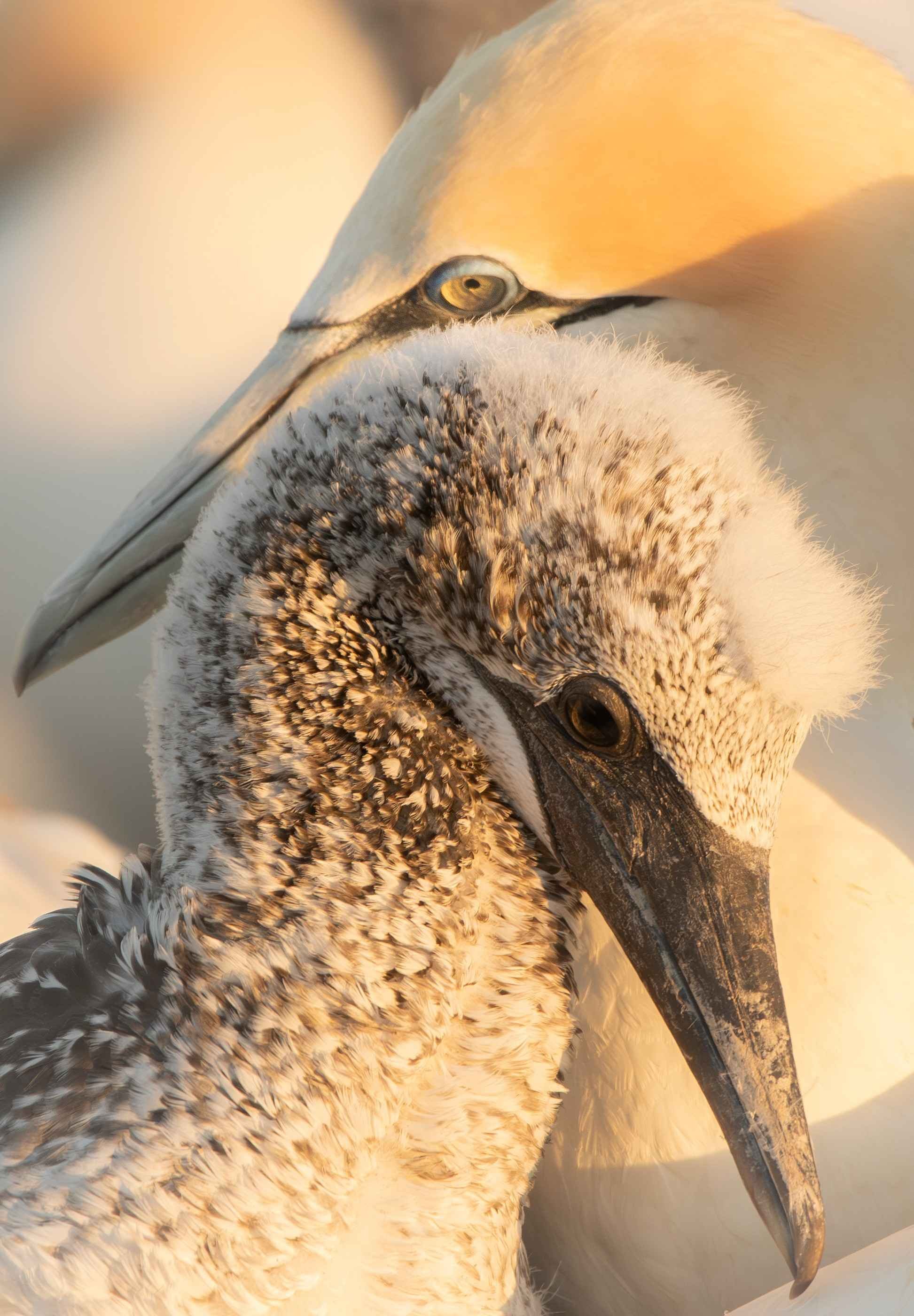
230 GANNET & CHICK - CAPE KIDNAPPERS

245 GANNET PAIR - CAPE KIDNAPPERS

249 GANNET & CHICK - MURAWAI

257 GANNET CHICK - CAPE KIDNAPPERS

259 GANNET PREENING - CAPE KIDNAPPERS

260 GANNET LANDING - CAPE KIDNAPPERS
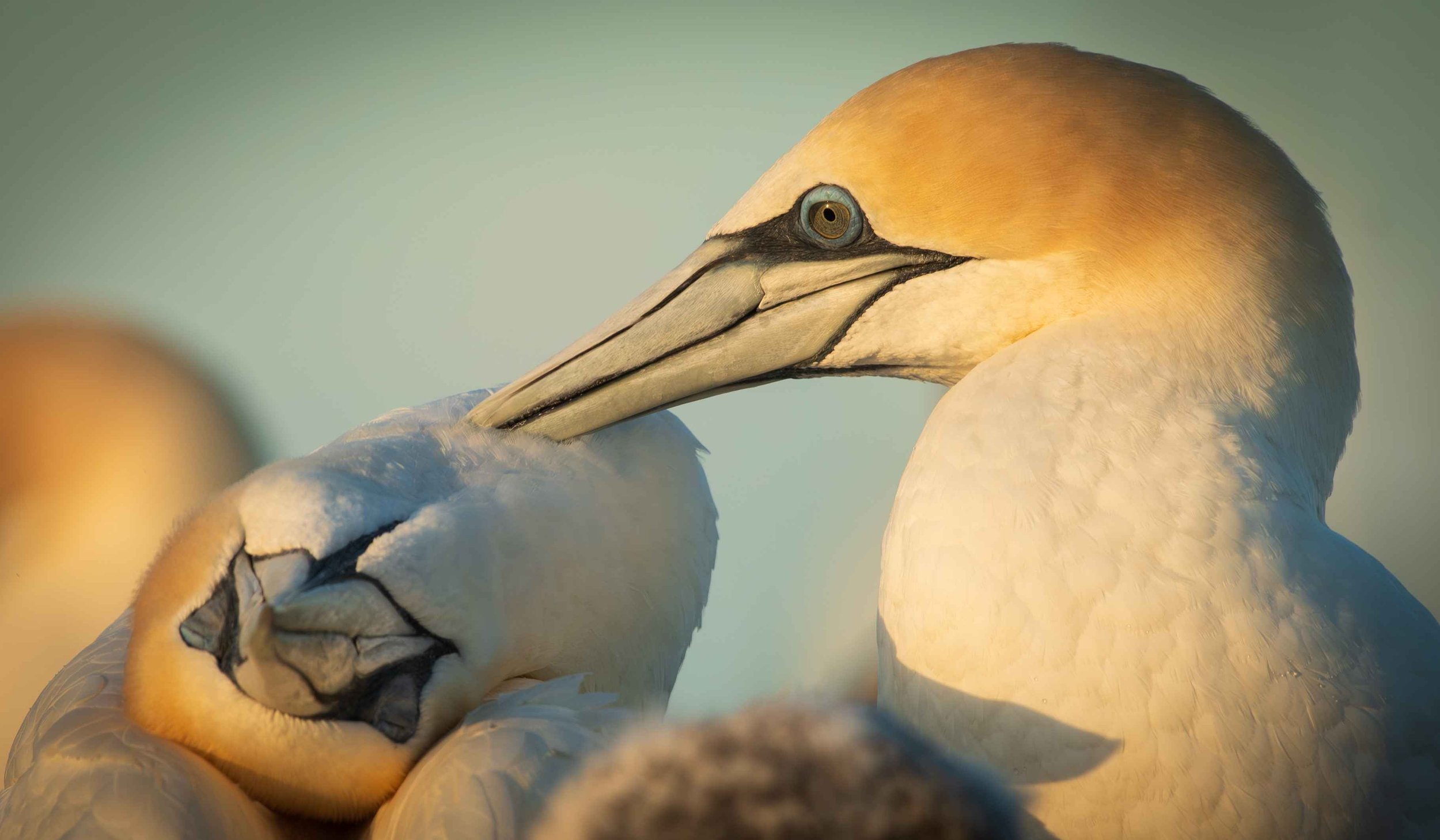
261 GANNETS PREENING - CAPE KIDNAPPERS

271 GANNET PREENING - CAPE KIDNAPPERS

272 GANNET COLONY SUNRISE - CAPE KIDNAPPERS

273 GANNETS SCHNOOZING - CAPE KIDNAPPERS

274 GANNET & CHICK ON NEST - CAPE KIDNAPPERS

275 GANNET & FLUFFY CHICK - CAPE KIDNAPPERS

276 SCHMOOZING GANNETS - CAPE KIDNAPPERS

279 GANNET CHICK UNDER MUM - CAPE KIDNAPPERS
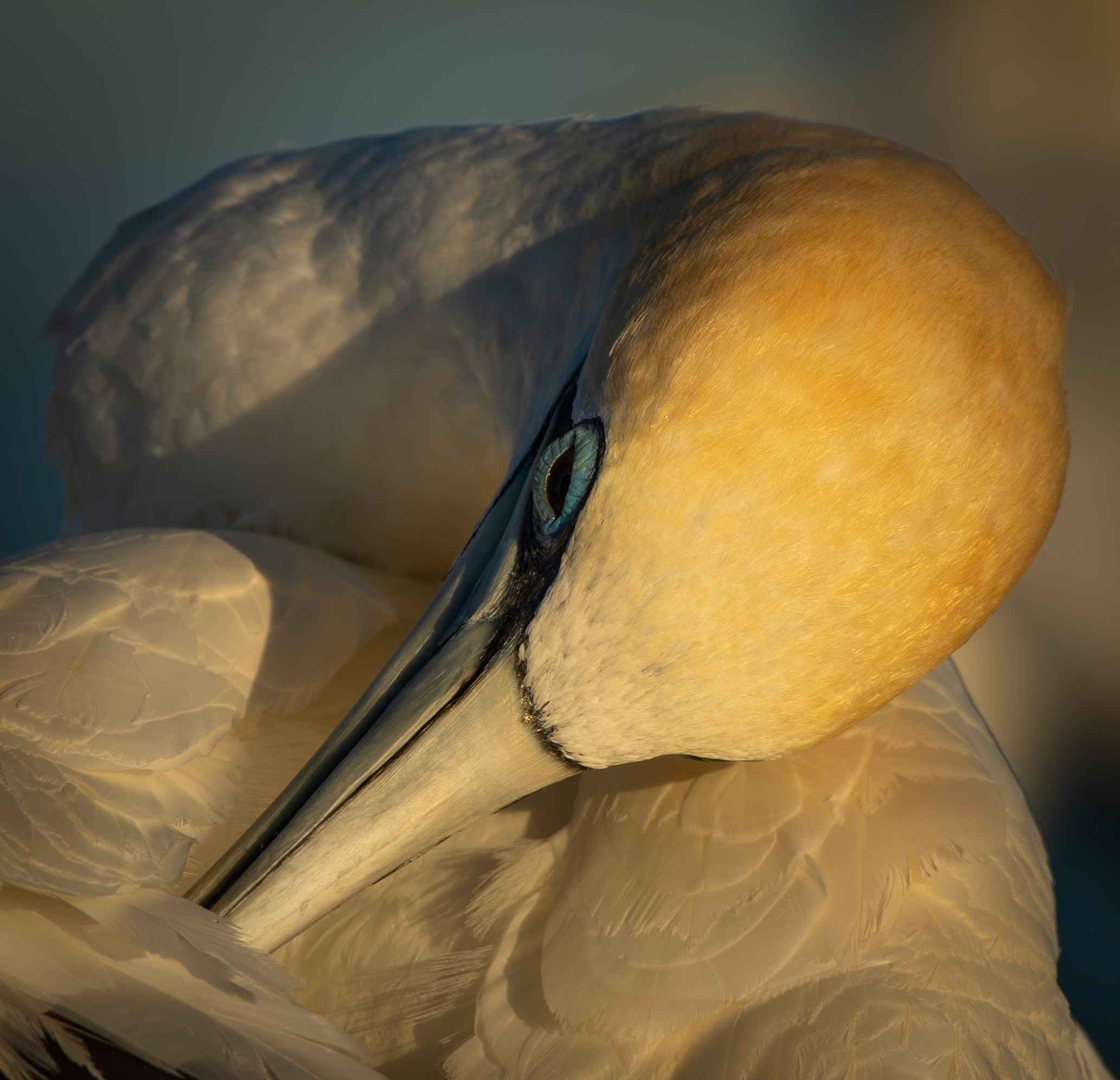
280 GANNET - CAPE KIDNAPPERS
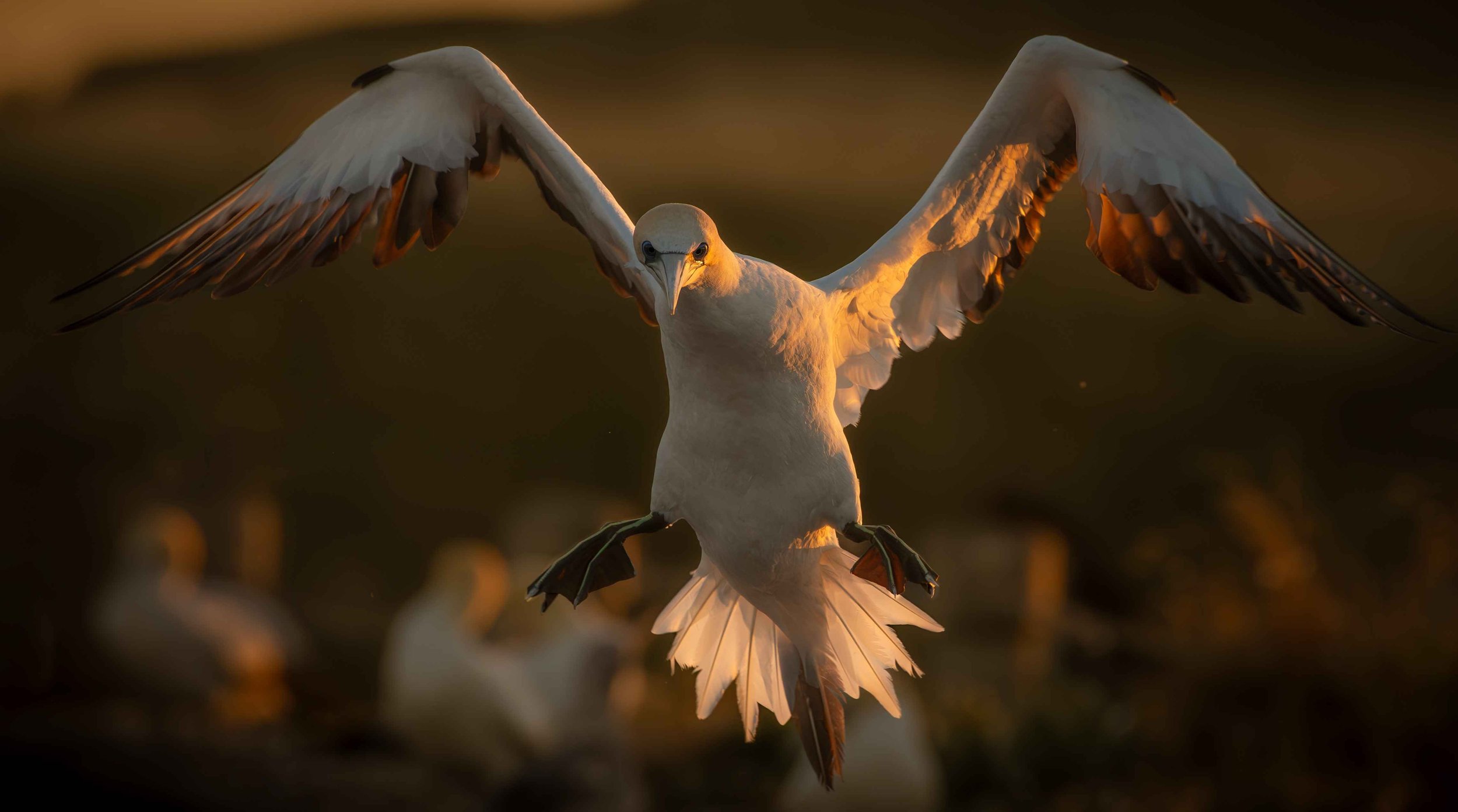
281 GANNET LANDING - CAPE KIDNAPPERS

285 ADOLESCENT GANNET ON NEST - CAPE KIDNAPPERS
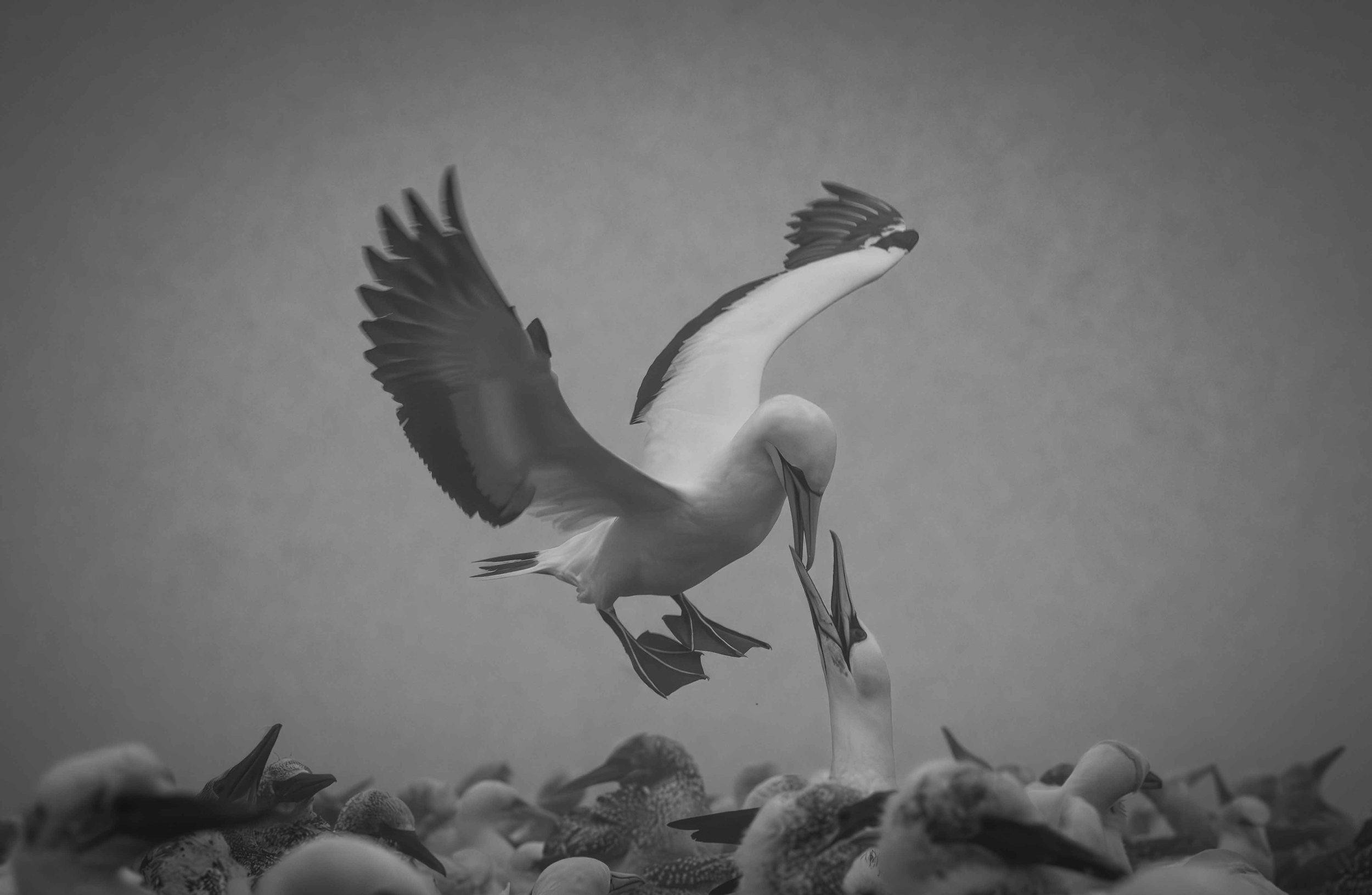
286 GANNET LANDING IN CYCLONE 2022 - CAPE KIDNAPPERS

287 FIGHTING GANNETS - CAPE KIDNAPPERS

288 FIGHTING GANNETS - CAPE KIDNAPPERS

290 GANNET WALKING - CAPE KIDNAPPERS

300 GANNET CHICKS PREENING - CAPE KIDNAPPERS

301 GANNET FEEDING CHICK - CAPE KIDNAPPERS

302 GANNET AND CHICK - CAPE KIDNAPPERS

304 GANNET FEEDING CHICK - CAPE KIDNAPPERS

305 HEADLESS GANNET - CAPE KIDNAPPERS

306 GANNET FIGHT GOT EM BY THE EYE SOCKETS - CAPE KIDNAPPERS

307 GANNET FIGHT - CAPE KIDNAPPERS

308 GANNETS IN FLIGHT - CAPE KIDNAPPERS

310 SCHMOOZING GANNETS - CAPE KIDNAPPERS

311 GANNETS COLONY LIVING - CAPE KIDNAPPERS

312 GANNETS FIGHTING - CAPE KIDNAPPERS

378 SUNSET GANNET - CAPE KIDNAPPERS
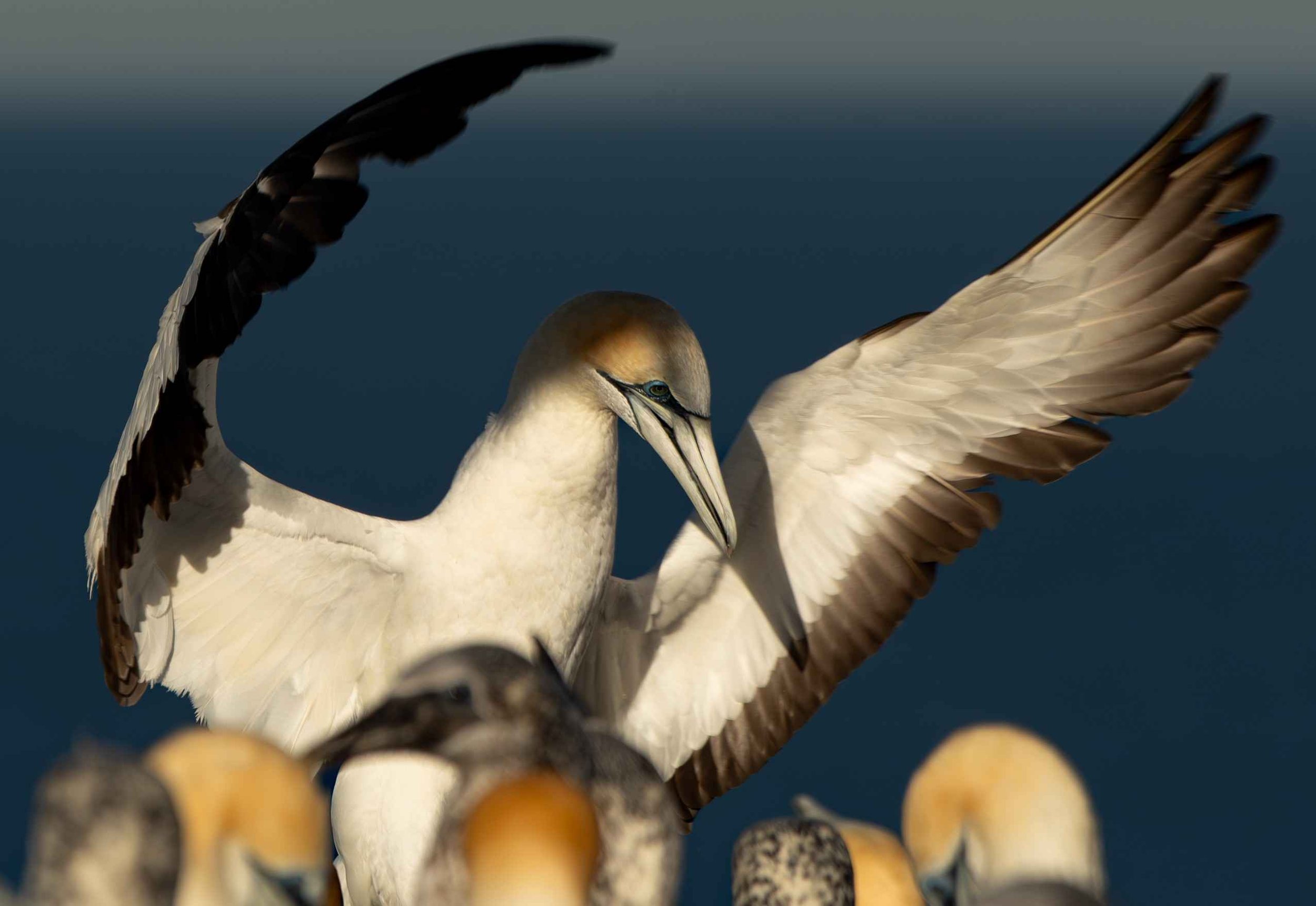
506 GANNET LANDING - CAPE KIDNAPPERS

507 GANNET ADOLESCENT - CAPE KIDNAPPERS

510 GANNETS - CAPE KIDNAPPERS

511 GANNETS MATING - MURAWAI

689 LOW FLYING GANNET - CAPE KIDNAPPERS

10 GANNET - CAPE KIDNAPPERS
GEESE

173 GOSLING - KATIKATI

407 DOMESTIC GEESE - POHATU

412 DOMESTIC GOOSE SUNRISE - HENLEY LAKE

453 BLACK SWAN & GEESE SCRAPPING IT OUT - HENLEY LAKE

454 SUNRISE SCRAPPIN - BLACK SWAN & GEESE - HENLEY LAKE

585 MORNING GOOSE - HENLEY LAKE

134 CANADIAN GEESE - TRAVIS WETLAND
GODWIT
KUAKA

158 BAR TAILED GODWIT - NAPIER

408 BAR TAILED GODWIT - WAIKUKU

587 BAR TAILED GODWITS - J.K. DONALD RESERVE - LAKE WAIRARAPA

710 BAR TAILED GODWIT - MAHIA

18 BAR TAILED GODWITS - MAHIA
GREY WARBLER
RIRORIRO
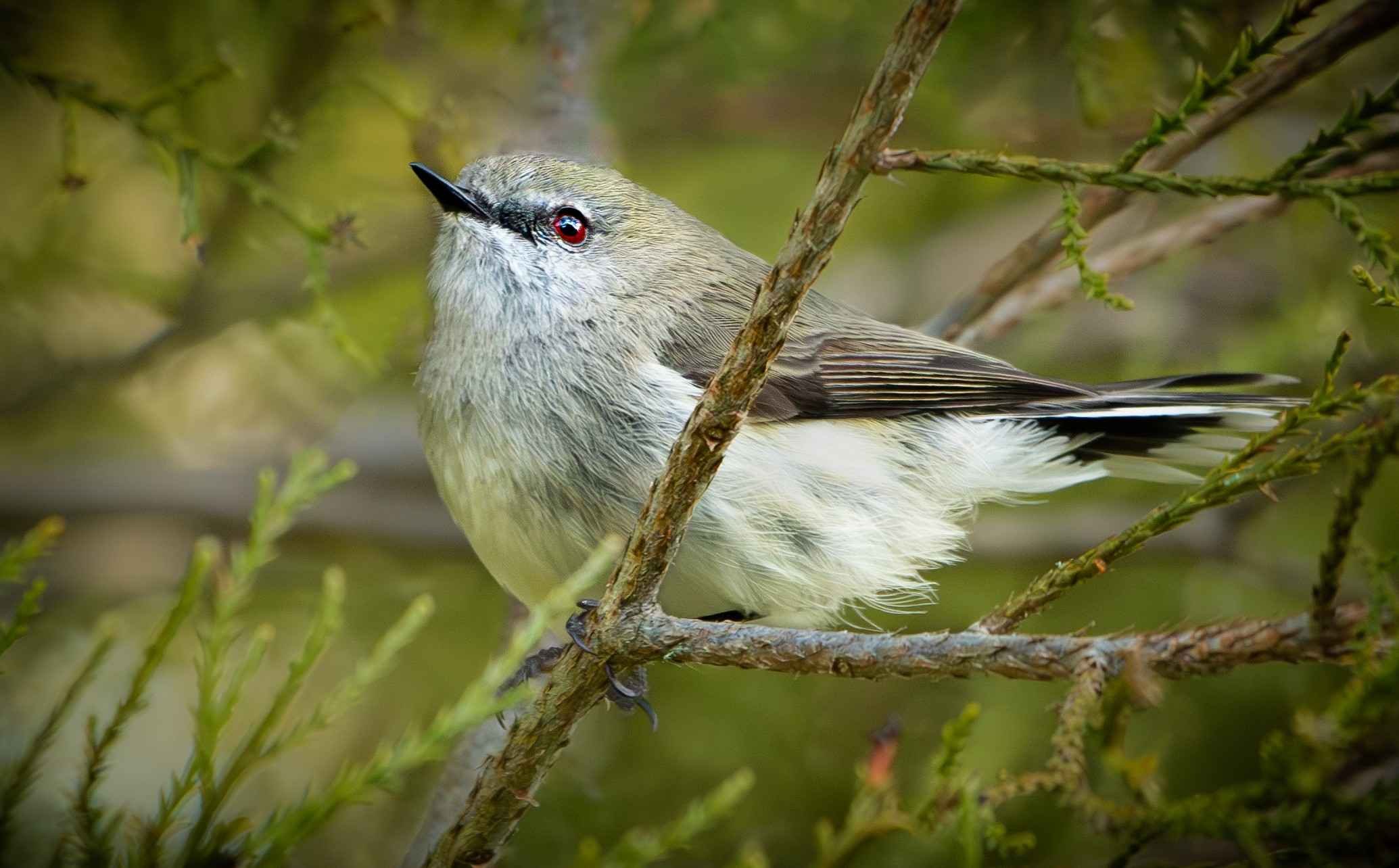
153 GREY WARBLER - LAKE ROTOITI

252 GREY WARBLER - ARTHURS PASS

422 GREY WARBLER AND SNACK - LITTLE RIVER

425 GREY WARBLER - LITTLE RIVER

575 GREY WARBLER - GREYTOWN

152 GREY WARBLER - NELSON
GULL - BLACK BILLED
TARAPUKA

410 BLACK BILLED GULL HYBRID - ONOKE SPIT

13 BLACK BILLED GULL LANDING - FERRYMEAD

20 BLACK BILLED GULL SHAKING OFF - FERRYMEAD CHCH

27 BLACK BILLED GULL IN FLIGHT SUNSET - FERRYMEAD

137 BLACK BILLED GULL - ASHLEY RIVER

226 BLACK BILLED SEAGUL TAKING OFF - WAIKUKU

232 BLACK BILLED GULL ADOLESCENT WATER LANDING - NAPIER

233 BLACK BILLED GULL - NAPIER
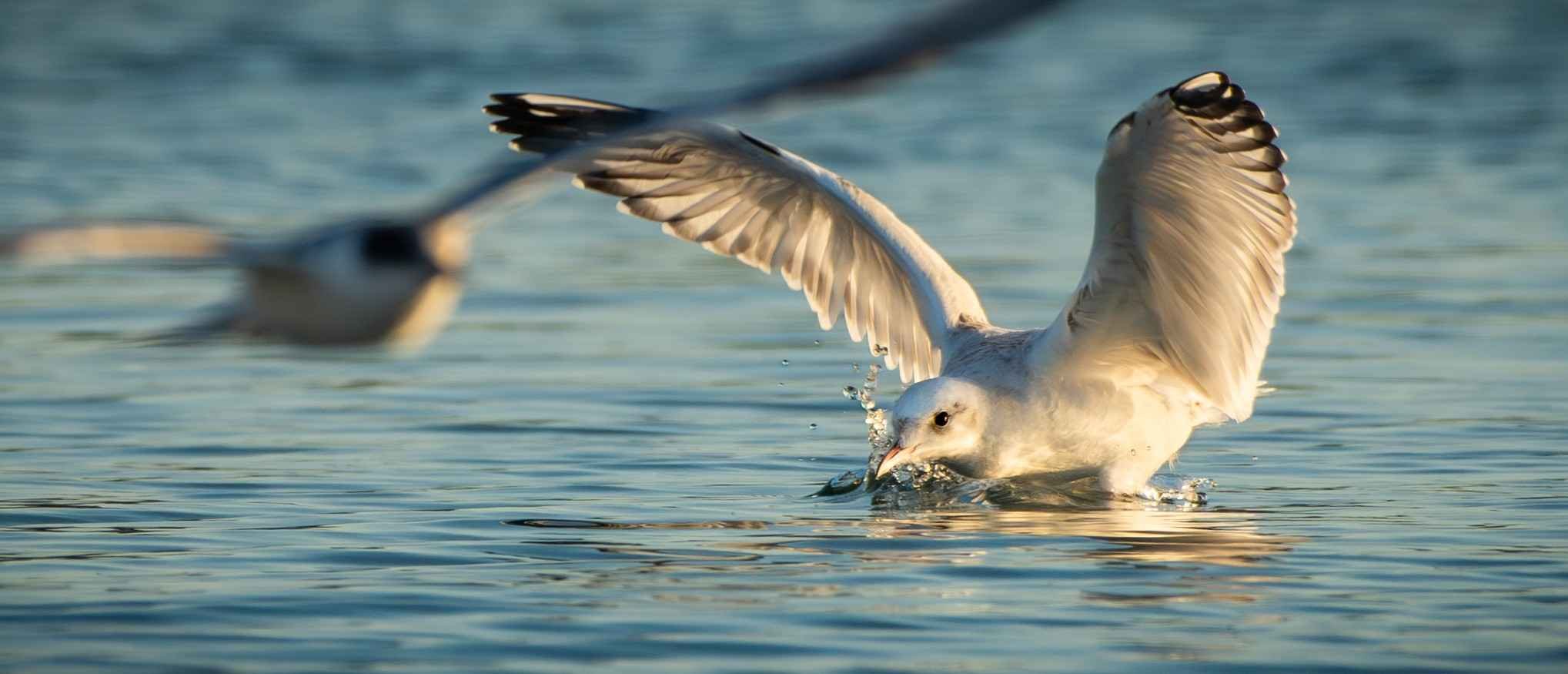
234 BLACK BILL GULL ADOLESCENT LANDING - NAPIER

235 BLACK BILLED GULL - NAPIER

237 BLACK BILLED GULL - NAPIER

243 BLACK BILLED GULL - NAPIER

256 BLACK BILLED GULL COLONY EMERGENCY DRILLS - NAPIER

258 BLACK BILL GULL CHICKS EMERGENCY DRILL - NAPIER

291 BLACK BILLED GULL CHICKS EMERGENCY DRILL - NAPIER

295 BLACK BILLED GULL CHICKS - NAPIER

242 BLACK BILL GULL & CHICK - KINLOCH TAUPO

309 BLACK BILLED GULL & CHICK - KINLOCH

324 SCRAPPIN GULLS - NEWBRIGHTON
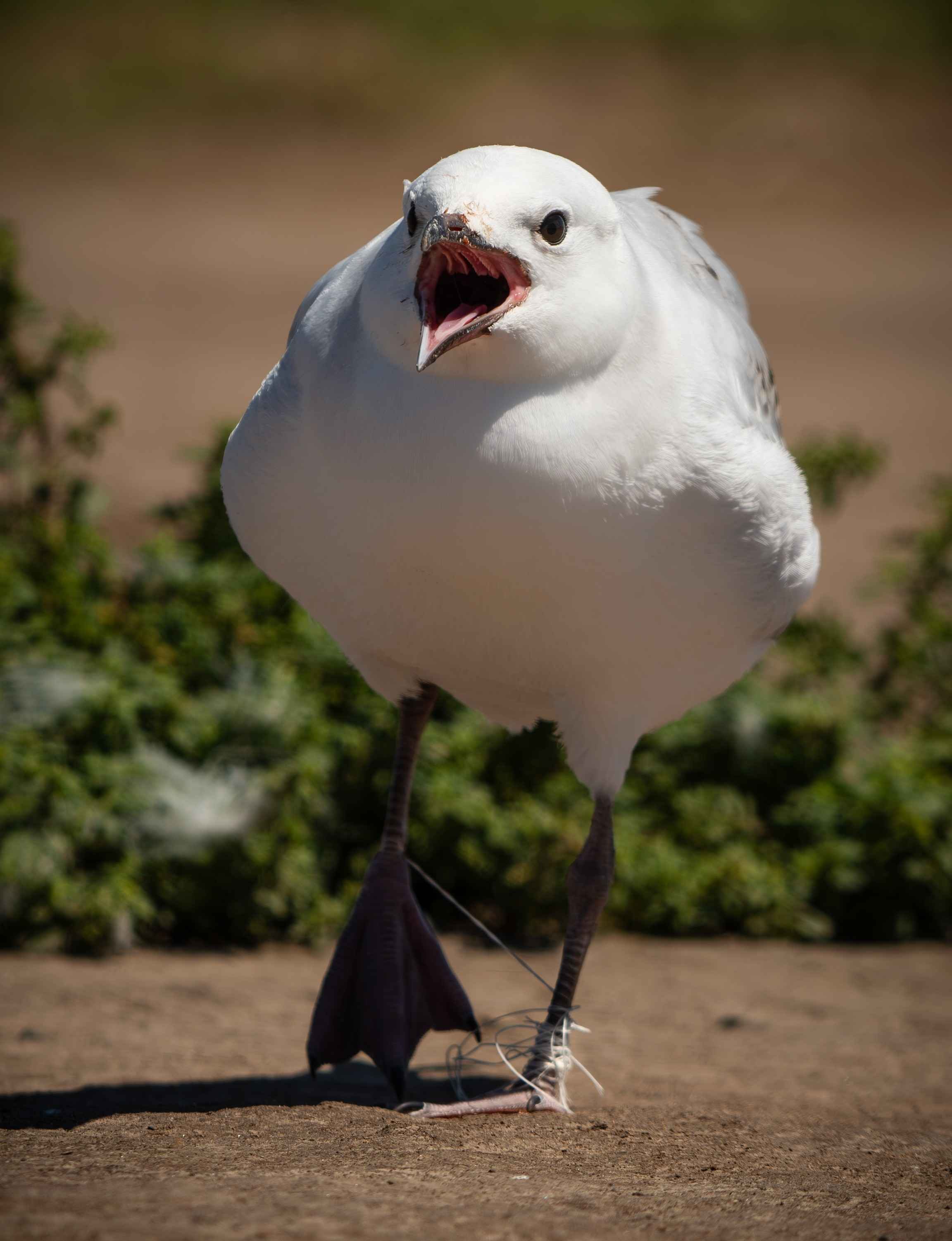
332 TANGLED BLACK BILLED GULL ADOLESCENT - CAPE KIDNAPPERS

335 TANGLED ADOLESCENT BLACK BILLED GULL - CAPE KIDNAPPERS

334 MUM & KIDS BLACK BILL GULL HYBRIDS - CAPE KIDNAPPERS

380 BLACK BILLED GULLS - ASHLEY RIVER

391 BLACK BILLED GULL FISHING - LAKE WAIRARAPA

446 BLACK BILLED GULLS - LAKE WAIRARAPA

447 BLACK BILLED GULLS FISHING - LAKE WAIRARAPA

452 BLACK BILLED GULLS PLAYING TAG - WAIKUKU

461 BLACK BILLED GULL & CHICK - NAPIER

462 BLACK BILLED GULL ADOLESCENT - NAPIER

463 BLACK BILLED GULL CHICK - NAPIER

466 ONE LEGGED BLACK BILLED GULL ADOLESCENT - NAPIER

467 ONE LEGGED BLACK BILLED GULL ADOLESCENT & TERNS - NAPIER
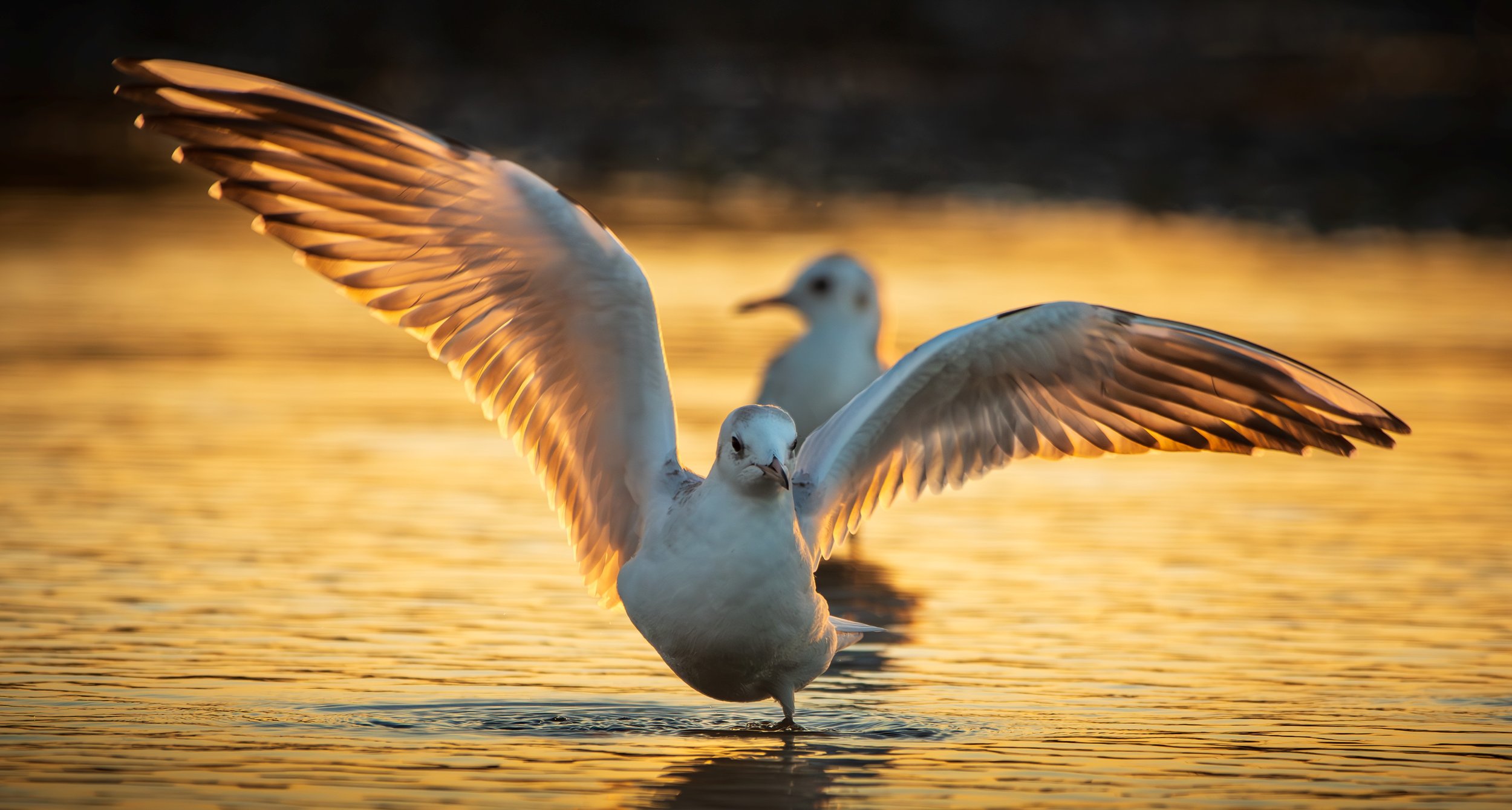
468 ONE LEGGED BLACK BILLED GULL ADOLESCENT - NAPIER

471 ONE LEGGED BLACK BILLED GULL ADOLESCENT - NAPIER

484 BLACK BILLED GULL CHICK -SUNSET - NAPIER

576 BLACK BILLED GULLS - LAKE WAIRARAPA
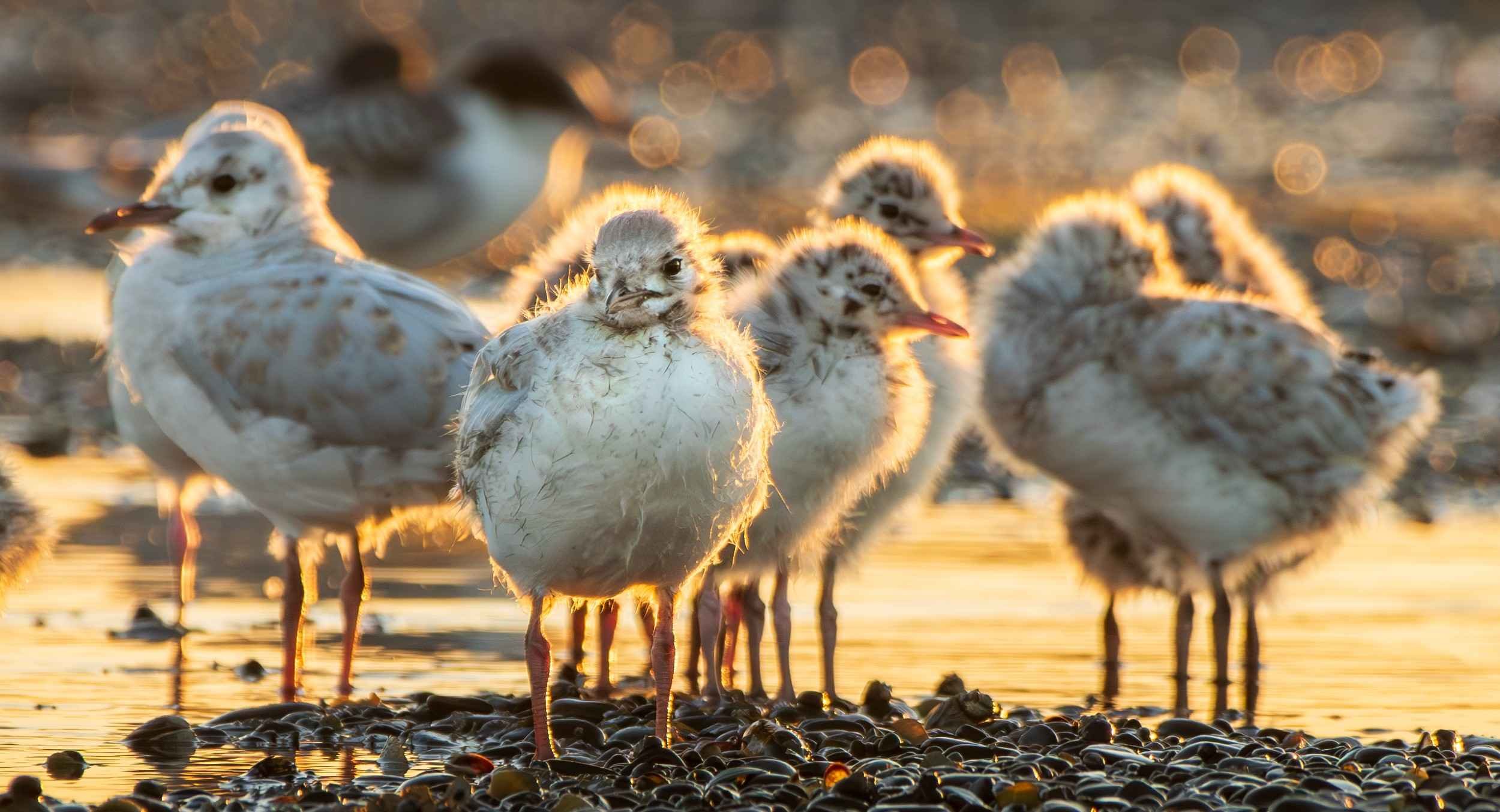
616 BLACK BILLED GULL CHICKS - NAPIER

665 BLACK BILLED GULL CHICK - NAPIER

667 BLACK BILLED GULL CHICK - NAPIER

690 BLACK BILLED GULL & CHICK - NAPIER

236 BLACK BILLED GULL - NAPIER
LINKS
GULL - DOMINICAN
KARORO





GULL - RED BILLED
TARAPUNGA

36 RED BILLED GULL SPLASHDOWN

141 RED BILLED SEAGULL CHICK - TEPURU
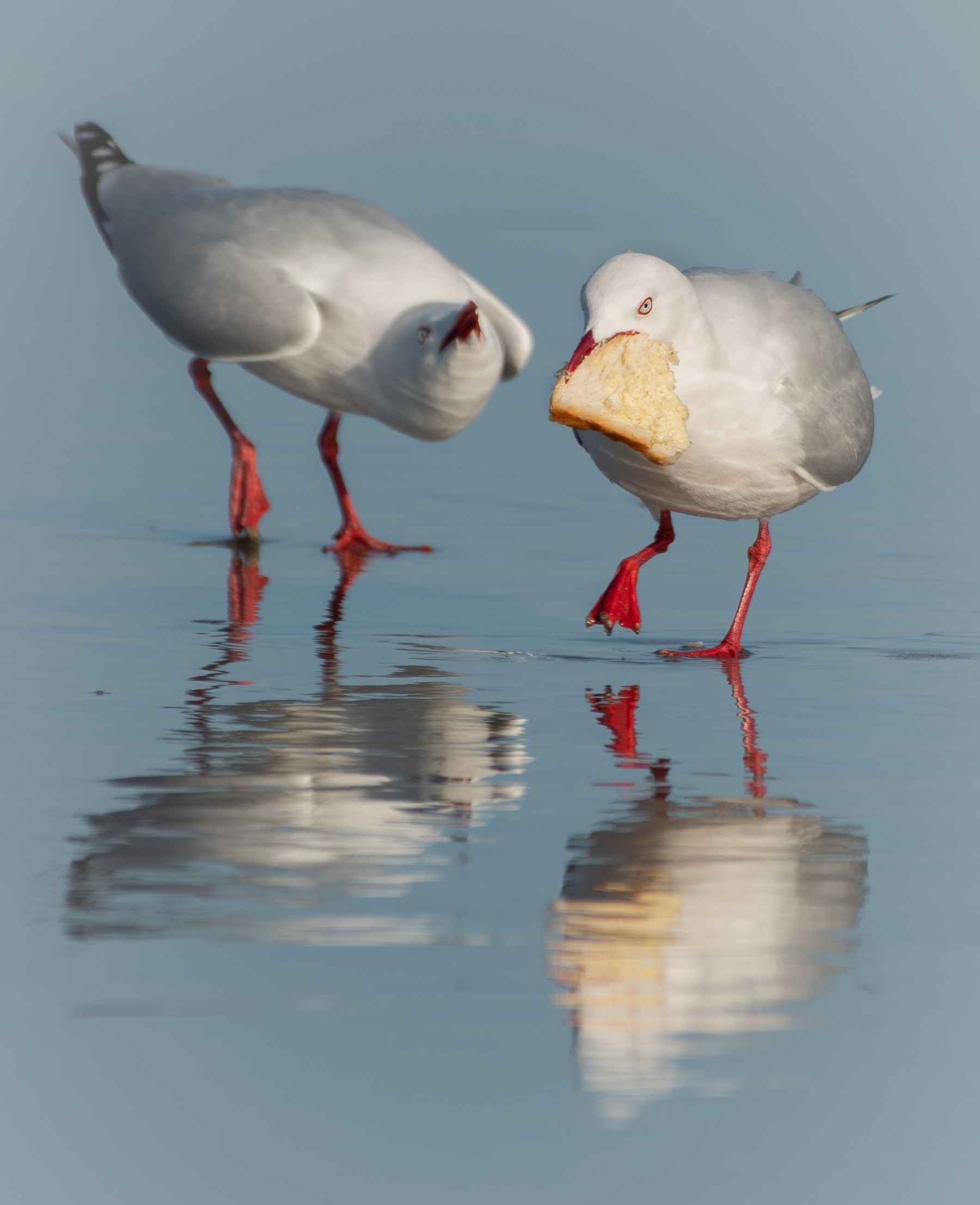
150 RED BILLED GULLS - Mt MAUNGANUI

244 RED BILLED GULL - CAPE KIDNAPPERS

289 RED BILLED GULL - CAPE KIDNAPPERS

516 SPLISH SPLASH RED BILLED GULL - PORIRUA HARBOUR

712 HOOKED RED BILLED GULL - WINDY POINT - COROMANDEL PENINSULA

78 RED BILLED GULL - MANGAWHAI
HAWK
KAHU

31 HARRIER HAWK - OXFORD

522 HARRIER HAWK - QUEEN ELIZABETH PARK - PAEKAKARIKI

523 HARRIER HAWK - QUEEN ELIZABETH PARK - PAEKAKARIKI

709 SWAMP HARRIER - WAITANGI - CHATHAM ISLANDS

711 SNAGGLE BEAKED SWAMP HARRIER - WAITANGI - CHATHAM ISLANDS

41 MAGPIE vs HAWK DOGFIGHT - LAKE ELLISMERE
HERON - BLUE

182 BLUE HERON - WAIKUKU

92 BLUE HERON - KAIKOURA

174 BLUE HERON HUNTING - WAIKUKU

352 BLUE HERONS - LAKE WAIRARAPA

345 BLUE HERONS - LAKE WAIRARAPA

373 BLUE HERONS - LAKE WAIRARAPA

384 BLUE HERONS - LAKE WAIRARAPA

371 BLUE HERON - WAIKUKU

379 BLUE HERON - BEXLEY WETLANDS CHCH

579 BLUE HERON - NAPIER

599 BLUE HERONS IN FLIGHT - GREYTOWN

629 BLUE HERON - LAKE WAIRARAPA

630 BLUE HERON - LAKE WAIRARAPA

631 BLUE HERON - LAKE WAIRARAPA

674 BLUE HERON WITH FISH - NAPIER

16 WHITE FACED HERON WITH LAMPREY
HERON - WHITE
KOTUKU
LINKS

46 WHITE HERON CATCHING FISH - FERRYMEAD

47 WHITE HERON FISHING - WAIKUKU

397 WHITE HERON - WAIKUKU

181 WHITE HERON - WHATAROA

386 WHITE HERONS ON NEST - WHATAROA

399 WHITE HERON WITH CHICKS - WHATAROA

401 WHITE HERON WITH CHICKS - WHATAROA

398 WHITE HERON WITH FISH - WAIKUKU

644 WHITE HERON - WAIRARAPA

663 WHITE HERON - WAIRARAPA

668 WHITE HERON - WAIRARAPA

87 WHITE HERONS WITH EGGS - WHATAROA
OUR PIONEER HEROS
In the good ol’ days in the land of promise and fortune, the ladies of our pioneer heritage took a shine to the White Herons’ fairy-like breeding plumage - it made very nice additions to hats apparently.
So of course this made the feathers a valuable prise and, come spring time, made targets of these beautiful birds.
Since Whataroa is NewZealands only nesting ground, it was pretty easy for enterprising hunters to nearly wipe them right out. The numbers got down to as low as 40 birds before someone thought “Gees maybe we should stop killing these things”
Nowdays numbers are up around 400. With a bit of luck they might stick around for our kids to see.
Here’s hoping.
KAKA

241 KAKA EATING- PUKAHA

292 KAKA EATING - PUKAHA

293 KAKA EATING - PUKAHA

353 KAKA IN FLIGHT - PUKAHA
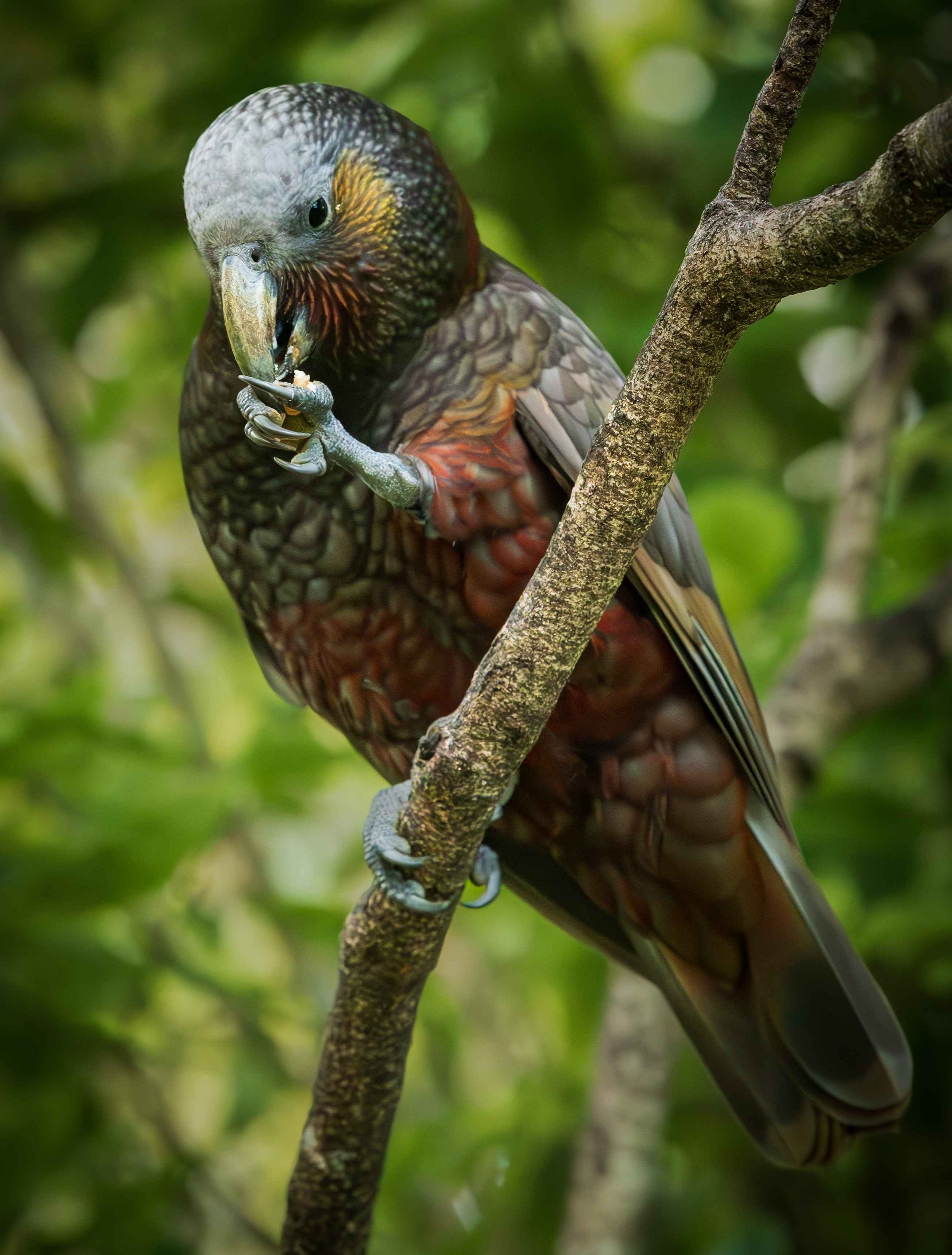
354 KAKA - PUKAHA

356 KAKA - PUKAHA

360 KAKA IN FLIGHT - PUKAHA

413 KAKA - PUKAHA

584 KAKA STRIPPING BARK - PUKAHA

240 KAKA - PUKAHA

101 KAKARIKI LOVE - PUKAHA - Feeding her mate through the mesh after he was released to the wild

139 KAKARIKI - PUKAHA

99 KAKARIKI - PUKAHA
Able and Mable
Meet Able and Mable. They live at Pukaha National Wildlife Centre where from Able has just been released a day before this photo.
Being in a committed relationship, Able stayed close to Mable, never once straying from sight. What you see here is mable feeding Able through the cage with the food from her carers
The day after this shot was taken, Mable was released into the wild to be re-united with her love.
Click this link to visit the Pukaha National Wildlife Centre website
KEA

199 KEA - ARTHURS PASS

127 KEA - ARTHURS PASS
KINGFISHER
KOTARE

95 KINGFISHERS - Mt PLEASENT CHCH

25 KINGFISHERS FIGHTING - PANMURE BASIN

65 KINGFISHERS - PANMURE BASIN

80 KINGFISHER REFLECTION - AUCKLAND

192 KING FISHER - PANMURE BASIN

89 KINGFISHER - PANMURE BASIN

619 KINGFISHER - BEXLEY RESERVE

02 TOM DICK & HARRY - KINGFISHERS - Mt PLEASANT CHCH
KOKAKO

577 KOKAKO - PUKAHA

578 KOKAKO - PUKAHA

580 KOKAKO - PUKAHA

624 KOKAKO - PUKAHA

138 KOKAKO - PUKAHA
MAGPIE
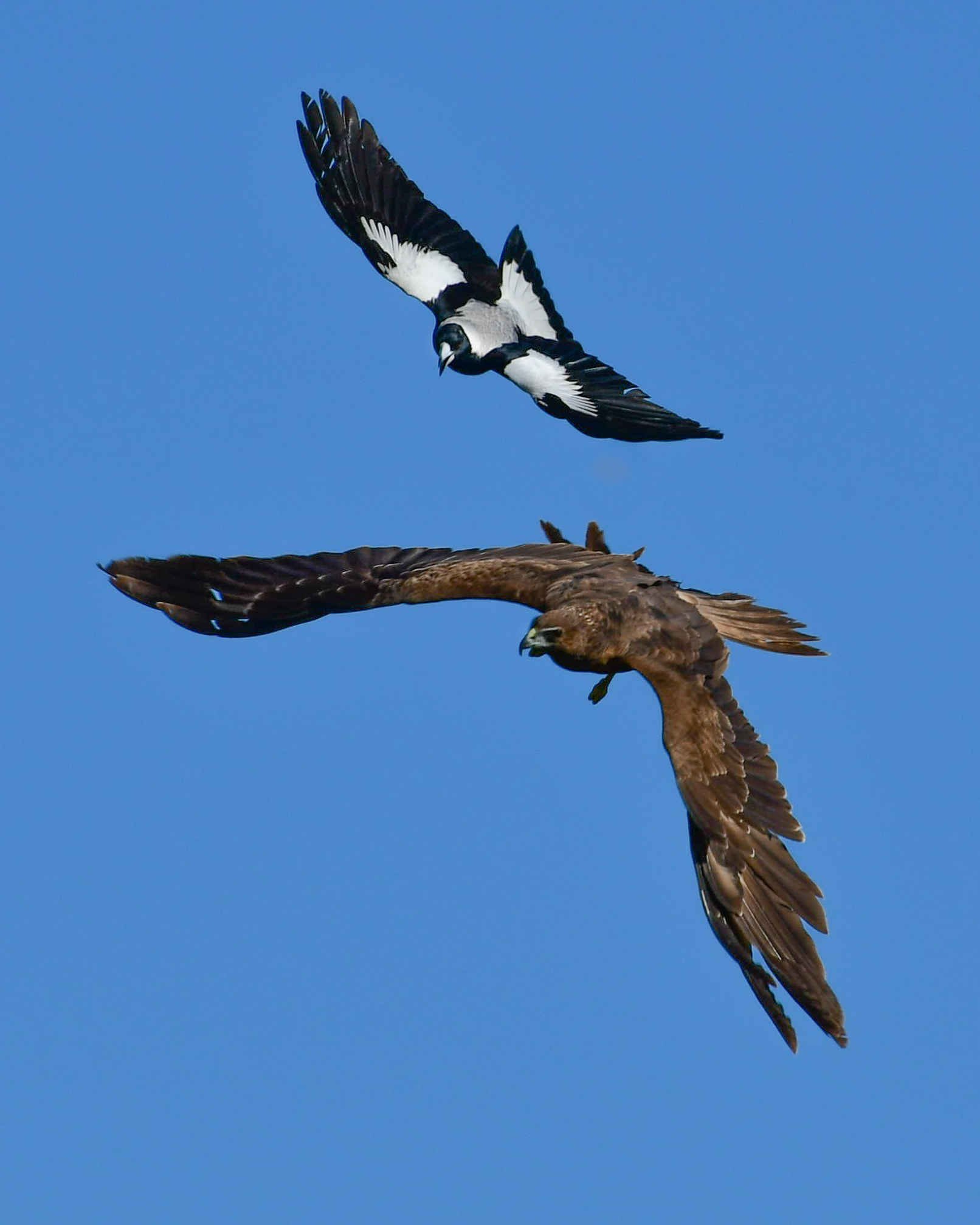
41 MAGPIE vs HAWK DOGFIGHT - LAKE ELLISMERE

297 MAGPIE ON POWERLINE - GREYTOWN
OYSTERCATCHER - PIED
TOREA

180 RUFFLED FEATHERS PIED OYSTER CATCHER - NORTHLAND

185 PIED OYSTERCATCHERS - OREWA

508 PIED OYSTER CATCHER - KAIPARA HARBOUR

731 PIED OYSTERCATCHERS IN FLIGHT - WAIKUKU

140 EGGS - PIED OYSTER CATCHER - COROMANDEL
OYSTERCATCHER - VARIABLE
TOREA PANGO

706 VARIABLE OYSTERCATCHER & CHICK - TAPU BEACH COROMANDEL

331 SNAGGLE BEAKED VARIABLE OYSTER CATCHER - LAKE WAIRARAPA
OYSTERCATCHER - WHITE

282 ALBINO OYSTERCATCHER - MARAETAI COAST
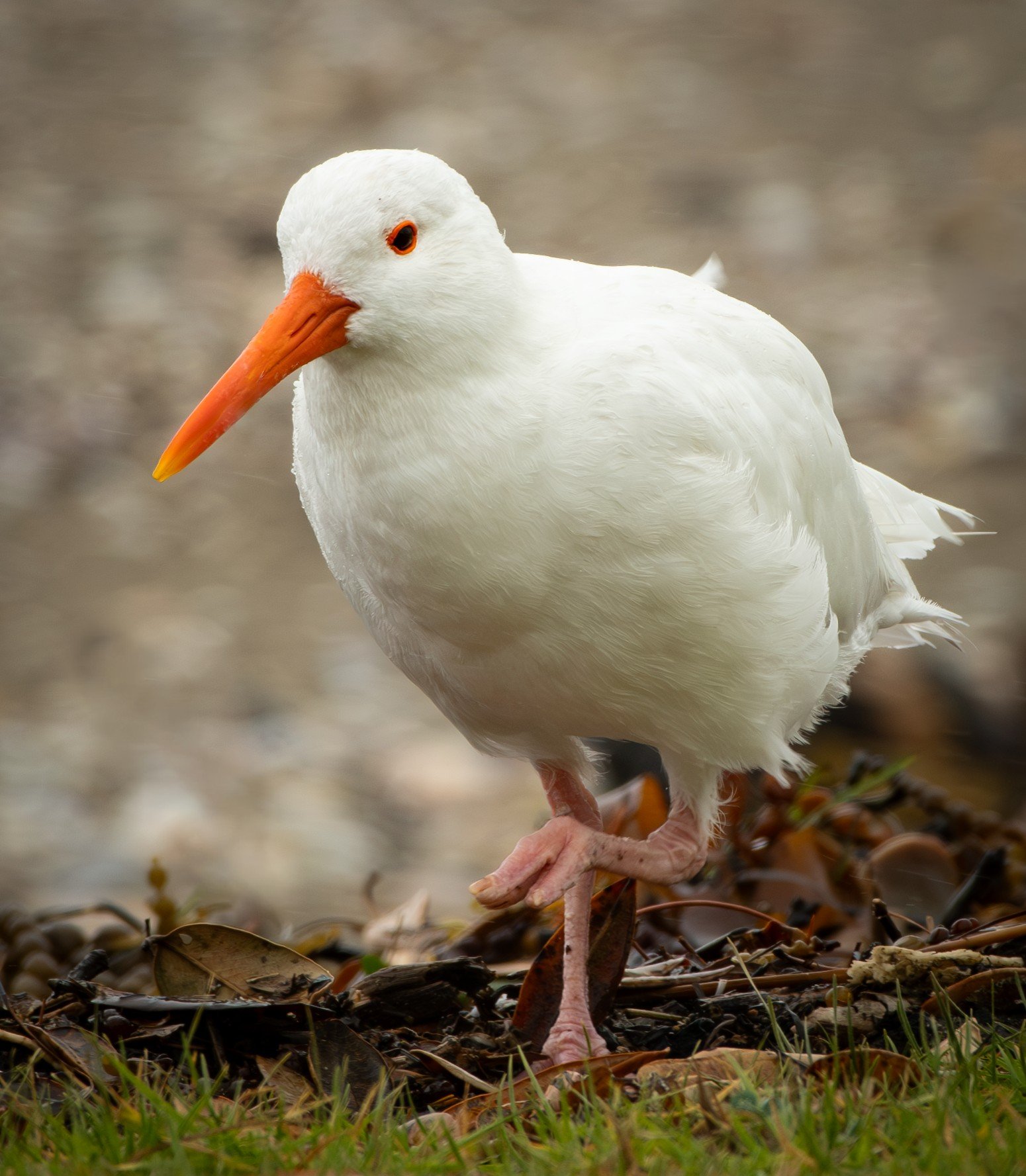
283 ALBINO OYSTERCATCHER - MARAETAI COAST

253 ALBINO OYSTER CATCHER - MARAETAI BEACH
PEACOCK

594 PEACOCK - WICKED SECRET - FEATHERSTON

581 WHITE PEACOCK - WICKED SECRET - FEATHERSTON
PHEASANT

392 SILVER PHEASANT - FEATHERSTON

472 Mr TRUMP - GOLDEN PHEASANT - WICKED SECRET FEATHERSTON

473 SILVER PHEASANT - WICKED SECRET - FEATHERSTON

390 GOLDEN PHEASANT - FEATHERSTON
PIPIT
PIHOIHOI

368 PIPIT - POHATU

117 PIPIT - CAPE KIDNAPPERS
PLOVER - SHORE
TUTURUATU

613 SHORE PLOVER - WAIKUKU

29 JUVENILE SHORE PLOVER PULLING WORM - WAIKUKU
PLOVER - SPUR WINGED

344 SPUR WINGED PLOVER - LAKE WAIRARAPA

400 SPUR WINGED PLOVER - LAKE WAIRARAPA

394 SPUR WINGED PLOVER - LAKE WAIRARAPA

395 SPUR WINGED PLOVER BATHING - LAKE WAIRARAPA

388 SPUR WINGED PLOVER - LAKE WAIRARAPA

387 SPUR WINGED PLOVER - LAKE WAIRARAPA

389 SPUR WINGED PLOVER - LAKE WAIRARAPA

396 SPUR WINGED PLOVER - LAKE WAIRARAPA
PUKEKO

35 PUKEKO - WAIMAKARIRI RIVER MOUTH

146 PUKEKO - AVON RIVER

147 PUKEKO - AVON RIVER

194 PUKEKO SWIMMING - AVON RIVER

448 PUKEKO & CHICK - AVON RIVER CHCH

633 PUKEKO EGGS - GREYTOWN

730 MATING PUKEKOS - TRAVIS WETLANDS

42 PUKEKO SUNSET - TRAVIS WETLAND
RIFLEMAN

743 RIFLEMAN - PUKAHA
ROYAL SPOONBILL

7 ROYAL SPOONBILL - WAIKUKU

116 ROYAL SPOONBILLS - NAPIER

184 ROYAL SPOONBILL - WHATAROA

188 ROYAL SPOONBILLS - WAIKUKU

203 ROYAL SPOONBILLS FIGHTING - TRAVIS WETLAND

204 ROYAL SPOONBILLS - TRAVIS WETLAND

403 ROYAL SPOONBILL - JUST DOWN TWO BLOCKS AND TURN RIGHT, YOU CAN'T MISS IT - TRAVIS WETLANDS

428 ROYAL SPOONBILLS - TRAVIS WETLAND

404 ROYAL SPOONBILLS - TRAVIS WETLAND
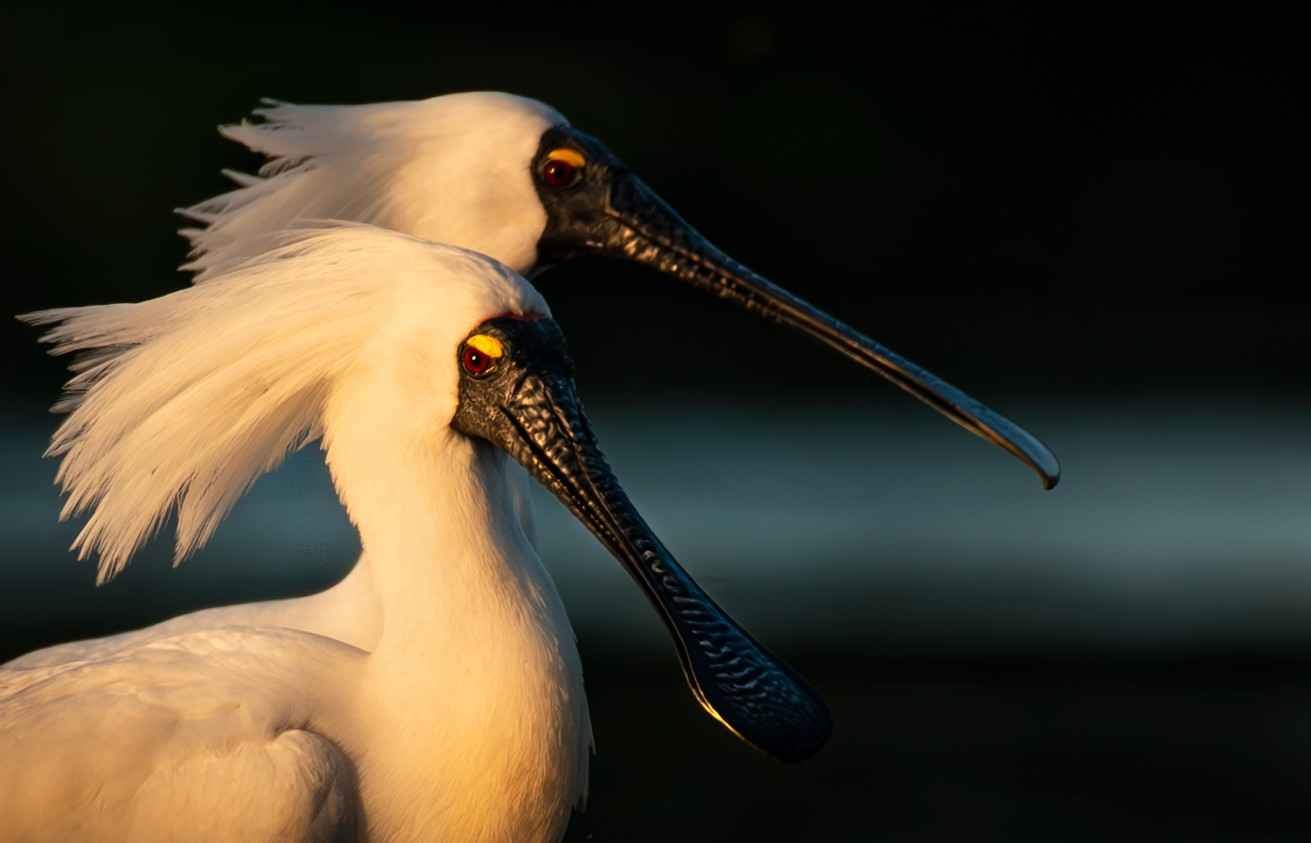
429 ROYAL SPOONBILLS - TRAVIS WETLAND

670 SPOONBILL CHICKS IN NEST - TRAVIS WETLAND

37 ROYAL SPOONBILL SUNSET TAKE-OFF - WAIKUKU
SCAUP
PAPANGO

247 MOTHER SCAUP WITH CHICKS - LAKE FORSYTHE
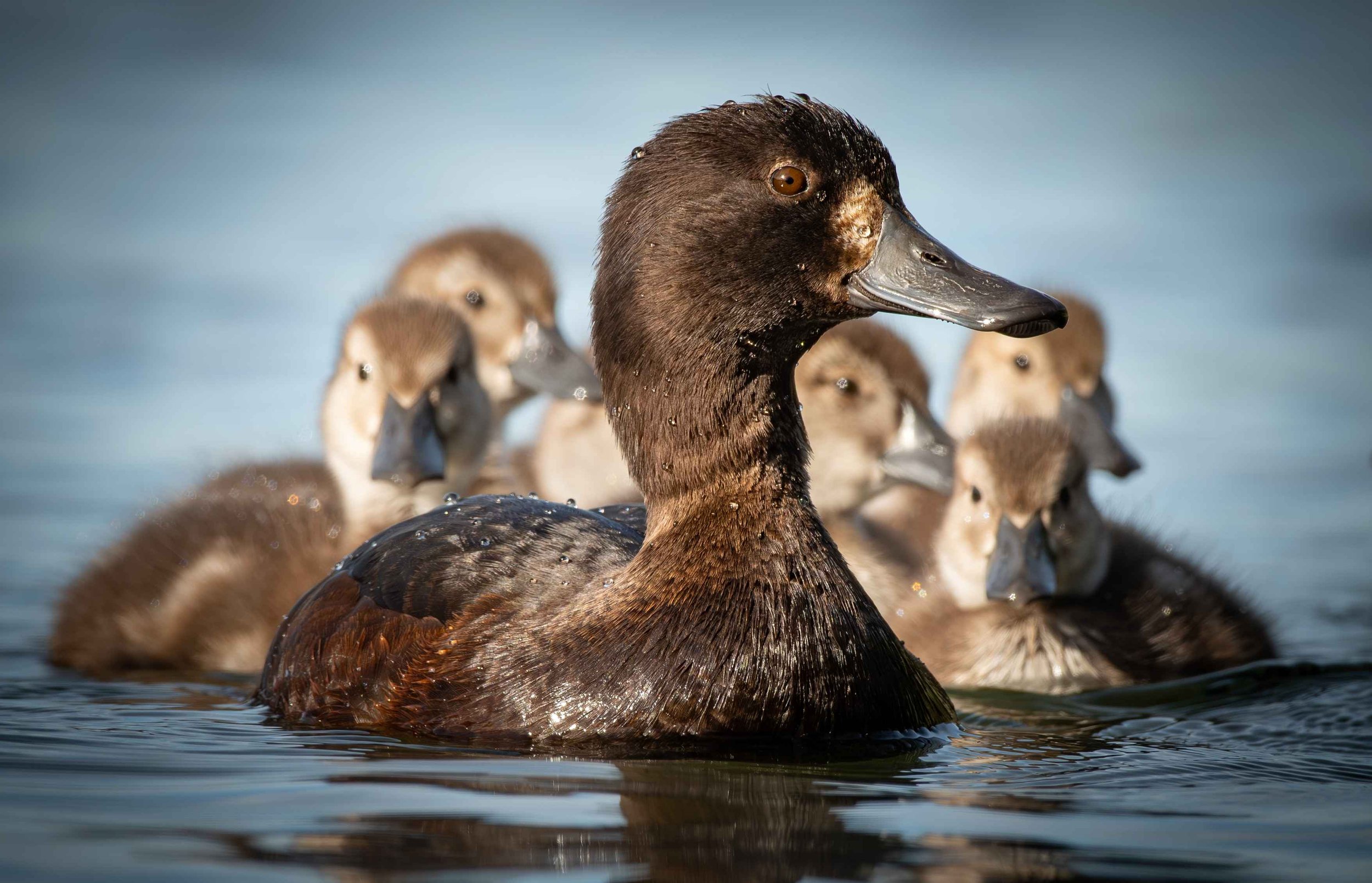
248 SCAUP MUM AND CHICKS - LAKE FORSYTHE

228 SCAUP - LAKE FORSYTHE

622 SCAUP PAIR TAKING OFF - LAKE FORSYTHE

457 SCAUP - SUNRISE SPLASH - HENLEY LAKE

739 SCAUP CHICK - PALMERSTON NORTH

741 SCAUP CHICK - PALMERSTON NORTH

205 MALE SCAUP - KAIAPOI
SHAG - LITTLE SHAG
KAWAU

223 LITTLE BLACK CORMORANT - WAIKUKU

664 LITTLE SHAG & CHICKS - WHATAROA

68 SHAG & SWALLOW - RAKAIA RIVER MOUTH
SHAG - AUSTRALIAN PIED CORMORANT

142 PIED CORMORANT & CHICKS - WAIKUKU

122 PIED CORMORANT CHICKS-WAIKUKU

328 PIED CORMORANT & CHICKS IN NEST - WAIKUKU

481 PIED CORMORANT - COROMANDEL PENINSULA

33 PIED CORMORANT TAKE OFF - WAIKUKU
SHAG - SPOTTED
PAREKAREKA

157 SPOTTED SHAGS - WAIKUKU

178 SPOTTED SHAG TAKE OFF - WAIKUKU

227 SPOTTED SHAGS - AKOROA HARBOUR

424 SPOTTED SHAG - TUMBLE DOWN BAY

38 SPOTTED SHAGS IN FLIGHT - WAIKUKU
SKYLARK

627 SKYLARK - LAKE WAIRARAPA

606 SKYLARK - J.K.DONALD RESERVE - LAKE WAIRARAPA
SPARROW

315 SPARROW - BLOCKHOUSE BAY

363 SPARROWS ON FENCE POST - GREYTOWN

364 SPAROWS ON FENCE POST - GREYTOWN


525 SPARROW PREENING ON FENCE - J.K. DONALD RESERVE - LAKE WAIRARAPA

573 SPARROW LINE-UP - GREYTOWN

572 SPARROW LINE-UP - GREYTOWN

617 SPARROWS - GREYTOWN

618 SPARROW LINE-UP - GREYTOWN

638 SPARROWS - GREYTOWN

639 SPARROW IN THE RAIN - GREYTOWN

643 SPARROWS - GREYTOWN

691 BOUNCING SPARROW - GREYTOWN

707 HOVERING SPARROW - GREYTOWN

713 HOVERING SPARROW - GREYTOWN

733 SPARROW IN FLIGHT - GREYTOWN

736 SPARROW IN FLIGHT - GREYTOWN

737 SPARROW IN FLIGHT - GREYTOWN

217 SPARROW - POHATU
SPARROW - WHITE

STARLING

192 STARLINGS - EPSOM

246 STARLING - ROBINSONS BAY AKAROA

591 STARLING - GREYTOWN

592 STEPPIN OUT STARLING - GREYTOWN

671 STARLING ON FLAX - ROBINSONS BAY - AKAROA
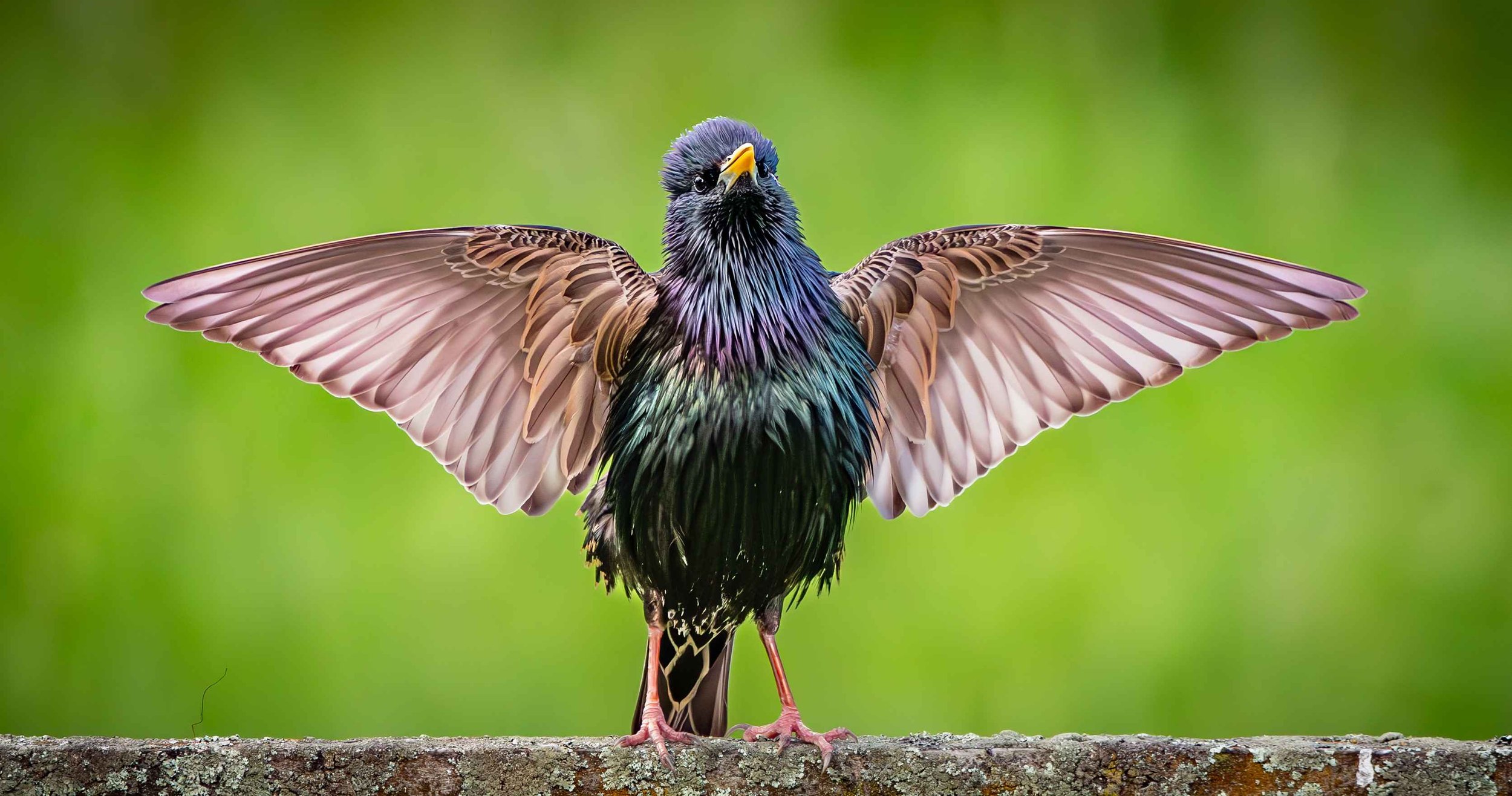
725 STARLING WINGS SPREAD - GREYTOWN

726 STARLING YOUNGSTERS - GREYTOWN

60 STARLING - EPSOM
STILT - BLACK
KAKI

729 BLACK STILT - WAIKUKU

155 BLACK STILT - WAIKUKU
STILT - PIED
POAKA

56 STILT YOGA - TAURANGA

144 TWO HEADED PIED STILT - TAURANGA
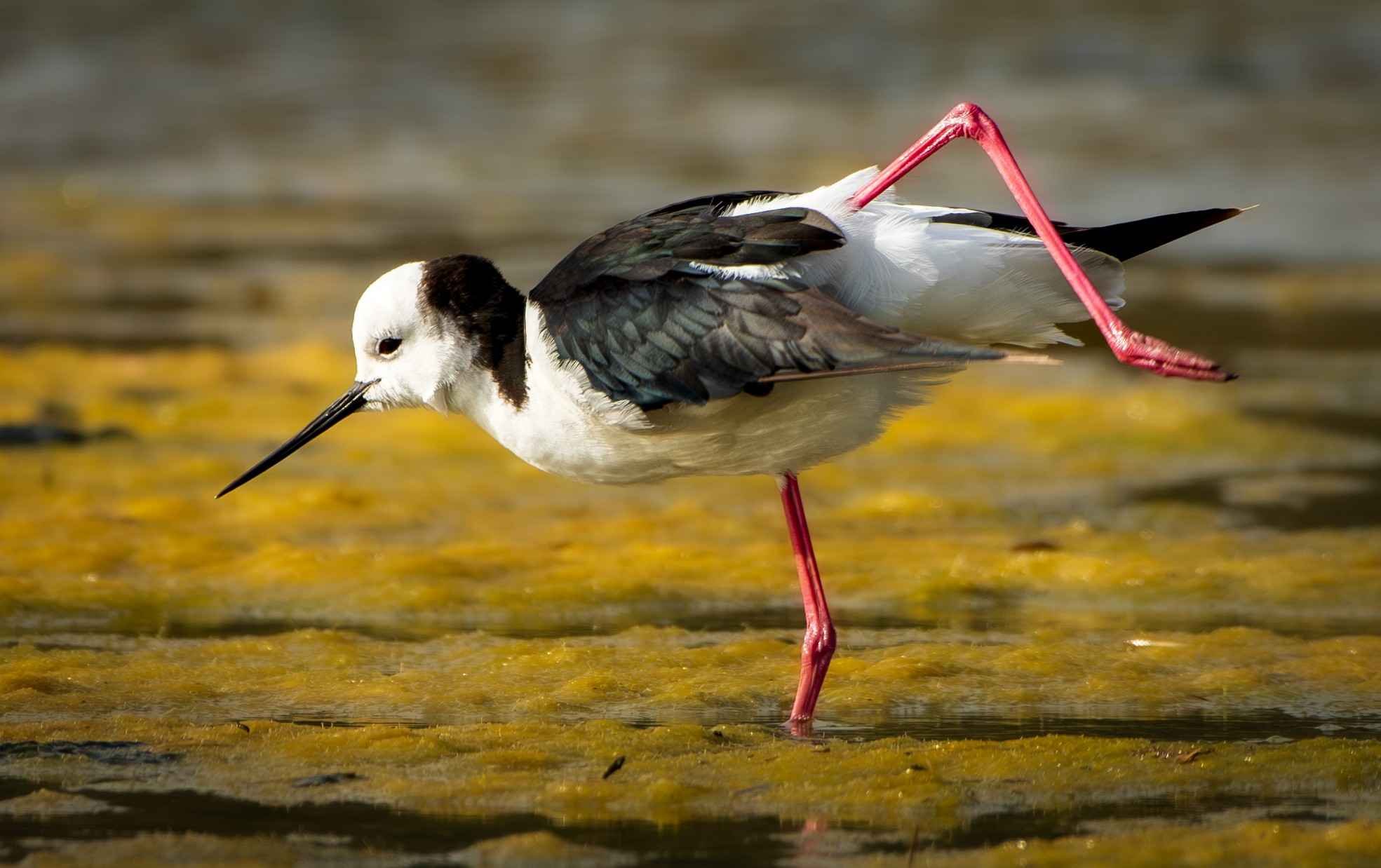
517 STILT PILATES - PIED STILT - PAUATAHANUI

588 STILT BALLET - J.K. DONALD RESERVE - LAKE WAIRARAPA

602 FIGHTIN STILTS - PAUATAHANUI

621 WINDY STILT - PAUATAHANUI

701 PIED STILT - LAKE WAIRARAPA

702 PIED STILT & BLACK FRONTED DOTTEREL - LAKE WAIRARAPA

704 PIED STILT PREENING - LAKE WAIRARAPA

22 PIED STILTS - TAURANGA
My Stilt Shot
Driving through Auckland one day I passed a billboard with a photo of a ballerinas’ arms and feet (en point), crossed over each other creating a lattice like effect. Upon seeing this, what imediately came to mind were Stilts! They are always in pairs. If i could get one behind the other I could get the lattice shot like the ballerina!
Well easier said than done. There were quite a few “almosts” and a few that hit the mark, but with crappy backdrops or lousy lighting. Three years had passed as I took my new super-dooper 300-800mm f5.6 lens for its first outing. Plugging through an estuary just out of Tauranga, I spotted this pair of Pied Stilts - and finally got my shot.
And the magic didn’t stop there I also captured the rare '“Four Legged-Two Headed Stilt”, the even rarer “Headless Stilt” and witnessed the Stilts rigorous pilates exercise routine ( pictured in the gallery above )
It was as if they knew I was playing with my new toy. This double bonus day gave me my shot that was 3 years in the making.
Thanks Nature!
SWALLOW - WELCOME SWALLOW

08 WELCOME SWALLOWS ON FENCE - CHRISTCHURCH

43 SWALLOW - THAT BIRD LOOKS JUST LIKE ME - BUS CARD

96 WELCOME SWALLOW - LAKE ROTOITI

168 WELCOME SWALLOW - FERRYMEAD

512 WELCOME SWALLOW - PAUATAHANUI

513 WELCOME SWALLOW LANDING - PAUATAHANUI

514 PAVAROTTI SWALLOW - PAUATAHANUI

515 WELCOME SWALLOW LANDING - PAUATAHANUI

535 WELCOME SWALLOW LANDING - PAUATAHANUI

659 SWALLOW PREENING - LAKE WAIRARAPA

660 SWALLOW PREENING - LAKE WAIRARAPA

661 SWALLOW PREENING - LAKE WAIRARAPA

669 SWALLOW PREENING - LAKE WAIRARAPA
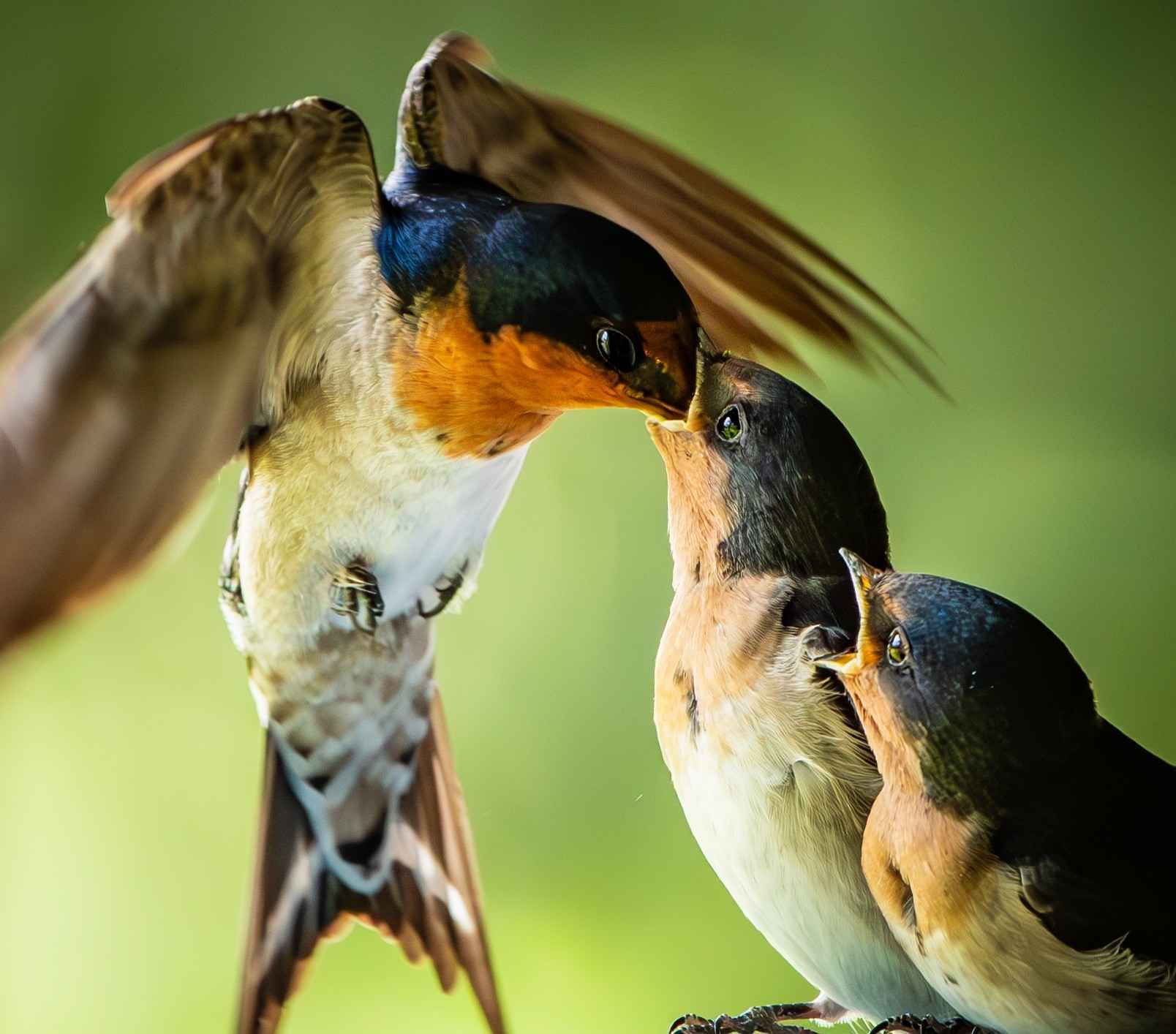
45 WELCOME SWALLOW FEEDING CHICKS - AMBERLEY
SWAN - BLACK

128 BLACK SWAN CHICKS - KAIAPOI

143 BLACK SWAN CHICKS - KAIAPOI

125 BLACK SWAN & CHICK - KAIAPOI

159 BLACK SWAN & CHICK - MASTERTON

112 BLACK SWAN CHICK - MASTERTON

93 BLACK SWAN CHICK - MASTERTON

148 BLACK SWAN NESTING - AVON RIVER

414 BLACK SWAN, COOTS & MALLARD DUCK - HENLY LAKE

454 SUNRISE SCRAPPIN - BLACK SWAN & GEESE - HENLEY LAKE

453 BLACK SWAN & GEESE SCRAPPING IT OUT - HENLEY LAKE

455 SUNRISE SCRAPPIN - BLACK SWAN & GEESE - HENLEY LAKE

456 SWANS DUCKS COOTS & GEESE - HENLEY LAKE

504 BLACK SWAN SUNRISE - HENLEY LAKE MASTERTON

611 BLACK SWANS - HENLEY LAKE - MASTERTON

623 BLACK SWAN - AVON RIVER

129 BLACK SWAN & CHICK 2B - KAIAPOI
SWAN - WHITE

61 WHITE SWAN - CHRISTCHURCH
OUT & ABOUT
When you look through a lens, the rest of the world just dissapears
TAKAHE

195 TAKAHE - PUKAHA

358 TAKAHE FEEDING - PUKAHA

98 TAKAHE - PUKAHA

100 TAKAHE - PUKAHA
TERN - CASPIAN

145B CASPIAN TERN DIVING - MAPUA

367 CASPIAN TERN & ADOLESCENT - LAKE WAIRARAPA

73 CASPIAN TERN - PANMURE BASIN
TERN - FAIRY
TARA ITI

583 FAIRY TERN ADOLESCENT - WAIKUKU

582 FAIRY TERN - WAIKUKU
TERN - WHITE FRONTED
TARA
LINKS

49 SUNSET TERNS - WHITE FRONTED - TEPURU

317 WHITE FRONTED TERNS FEEDING CHICK - TEPURU

318 WHITE FRONTED TERNS FEEDING CHICKS B&W - TEPURU

319 WHITE FRONTED TERN CHICK - TEPURU

321 ADOLESCENT WHITE FRONTED TERNS - TEPURU

231 WHITE FRONTED TERNS DINNER TIME - NAPIER

294 ADOLESCENT WHITE FRONTED TERN - NAPIER

239 WHITE FRONTED TERNS SUNSET - NAPIER

238 WHITE FRONTED TERN & CHICK - NAPIER

176 WHITE FRONTED TERN WITH FISH & CHICK - THAMES

175 WHITE FRONTED TERN WITH FISH - THAMES
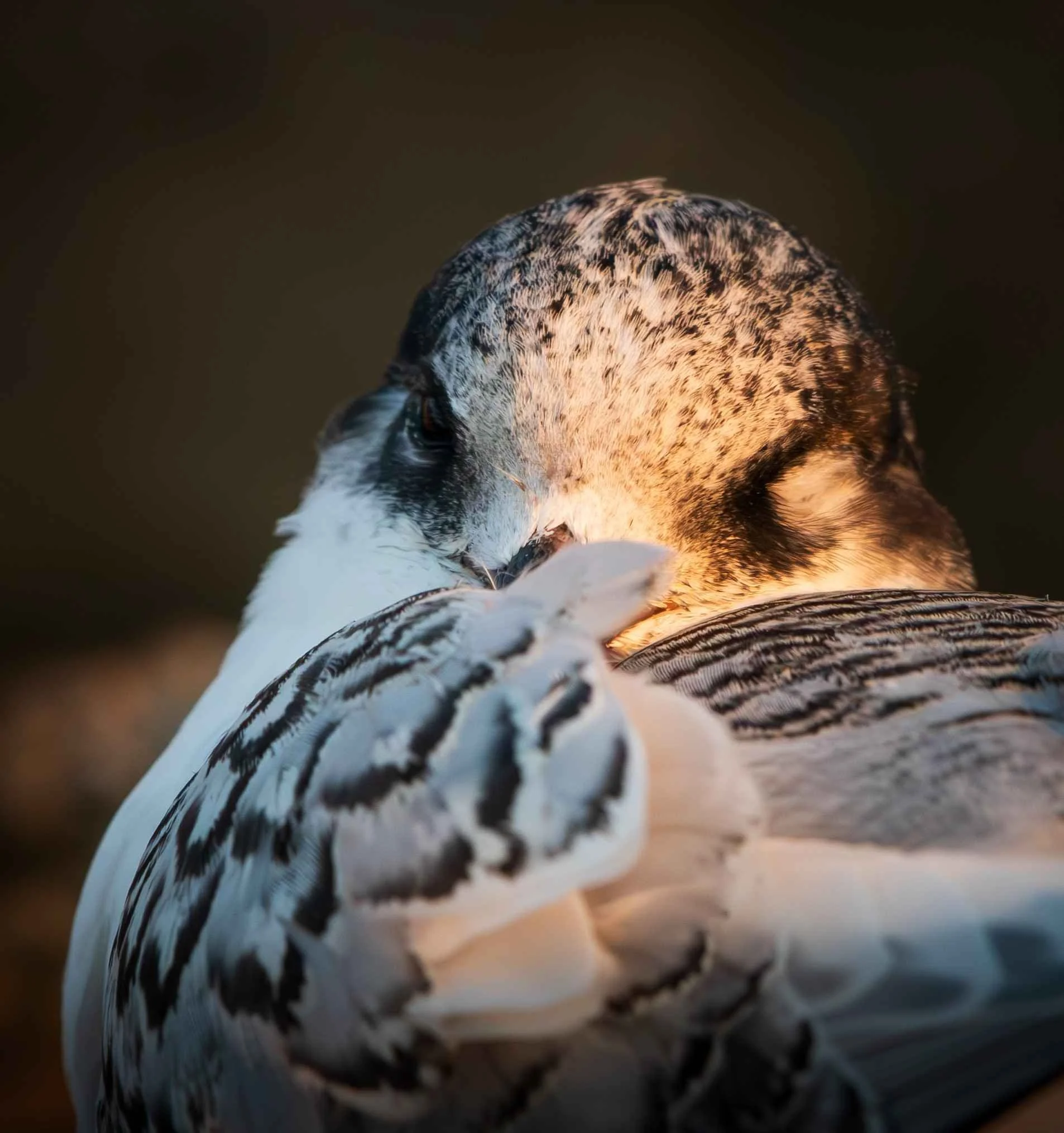
464 WHITE FRONTED TERN ADOLESCENT SLEEPING - NAPIER



470 WHITE FRONTED TERN LANDING WITH FISH - NAPIER

483 WHITE FRONTED TERN - NAPIER

615 WHITE FRONTED TERN - NAPIER

646 WHITE FRONTED TERN - NAPIER

9 WHITE FRONTED TERN - TEPURU
The Last Tern Of The Season
Just North of Tepuru, on the Coromandel Peninsular, I photographed a colony of White Fronted Terns for about a month. Unfortunately I missed the eggs hatching, but as a consolation I was present to witness their final departing moment.
The noise was incredible as the colony circled above, waiting to depart, there was obviously alot of organising going on. Some went ahead, some slipped in a bit of last minute fishing while others motivated the slow coaches.
At last they were ready and off they flew. But a few remained. With alot of squawking and wing flapping most of the stagglers were coaxed into flight, taking off after the flock. All except one stubborn little dude accompanied by some very frustrated adults. Eventually with the help of a fish bribe, the last Tern took to the sky and off they flew to their new home.
If you look closely you can see the relutant participant still has his fish.

94 THRUSH EATING WORM - WAKEFIELD

634 SCRATCHING THRUSH - GREYTOWN

635 THRUSH WITH WORMS - GREYTOWN

636 THRUSH PREENING - GREYTOWN

637 THRUSH - GREYTOWN

680 MOTHER THRUSH FEEDING CHICK - GREYTOWN

684 MOTHER THRUSH - GREYTOWN
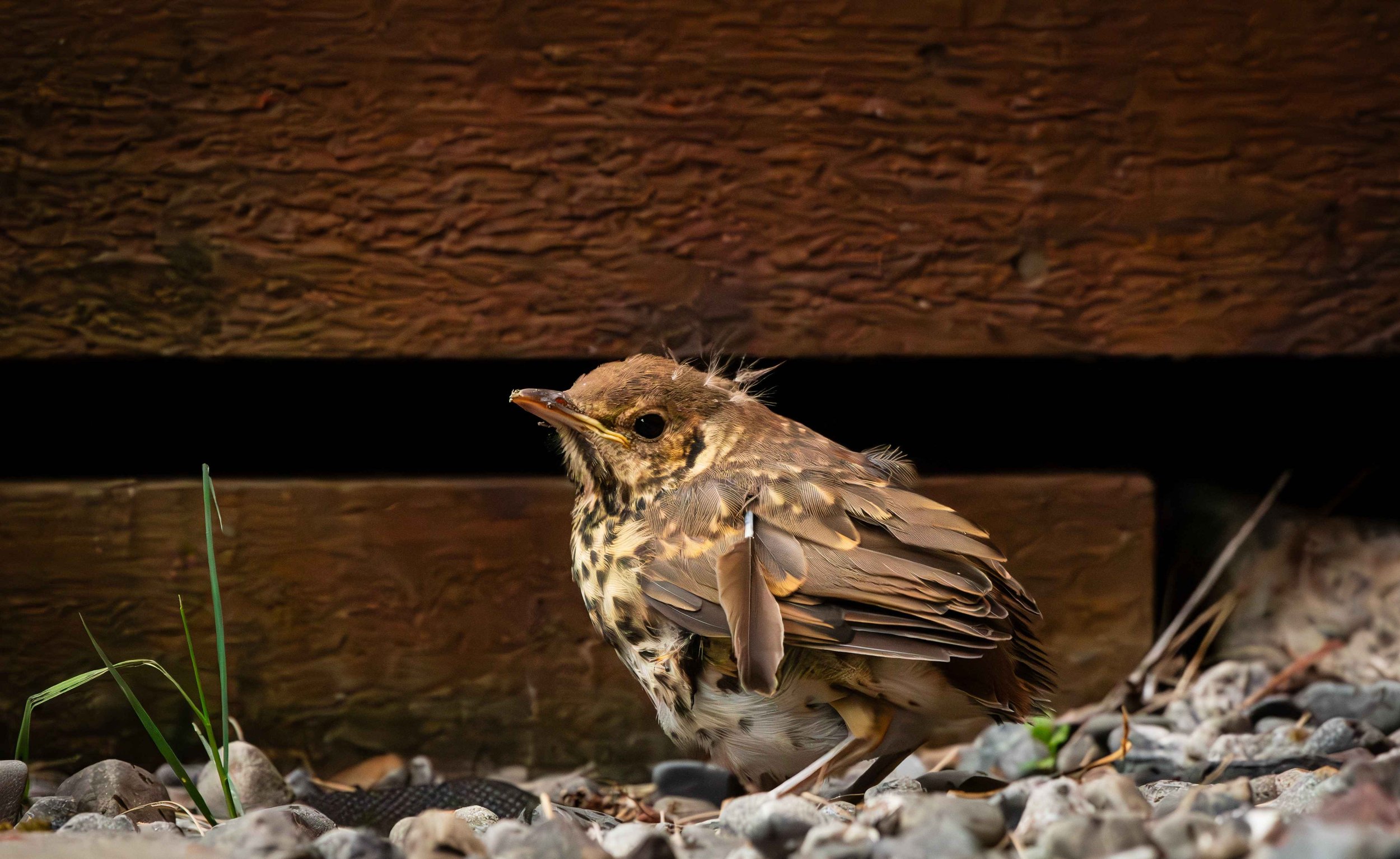
681 STRANDED BABY THRUSH - GREYTOWN

682 STRANDED BABY THRUSH HIDING - GREYTOWN

683 STRANDED BABY THRUSH HIDING - GREYTOWN

687 MOTHER THRUSH & BABY - GREYTOWN

688 THRUSH PREENING - GREYTOWN

715 THRUSH FEEDING BABY - GREYTOWN

716 THRUSH WITH WORM - GREYTOWN

721 THRUSH FEEDING YOUNGSTER - GREYTOWN

296 THRUSH SHAKING OFF - GREYTOWN
TIT
KOMIROMIRO

161 TOM TIT - NELSON LAKES

164 FEMALE TIT ON FEMCE - NELSON LAKES

163 FEMALE TIT ON FENCE - NELSON LAKES

166 TOM TIT PERCHED ON HEBE - NELSON LAKES

162 TOM TIT ON FENCE - NELSON LAKES
TUI
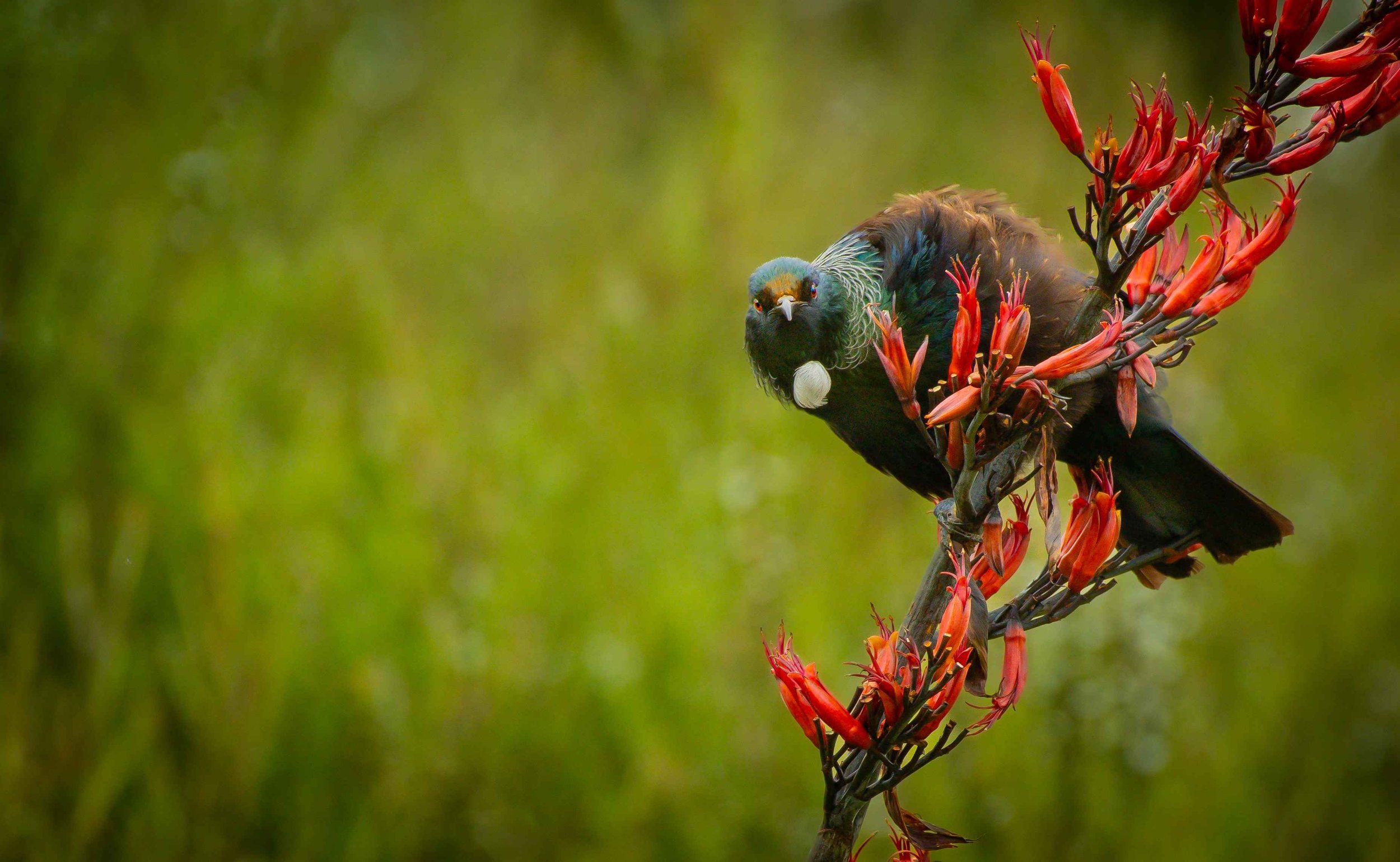
48 TUI ON FLAX STEM - OHAKUNI

74 TUI IN PINK - Mt EDEN

75 TUI IN PINK - Mt EDEN

76 TUI IN PINK - Mt EDEN

103 TUIS - OHAKUNI

113 TUI ON FLAX - HAWKES BAY

186 TUI - CAPE KIDNAPPERS
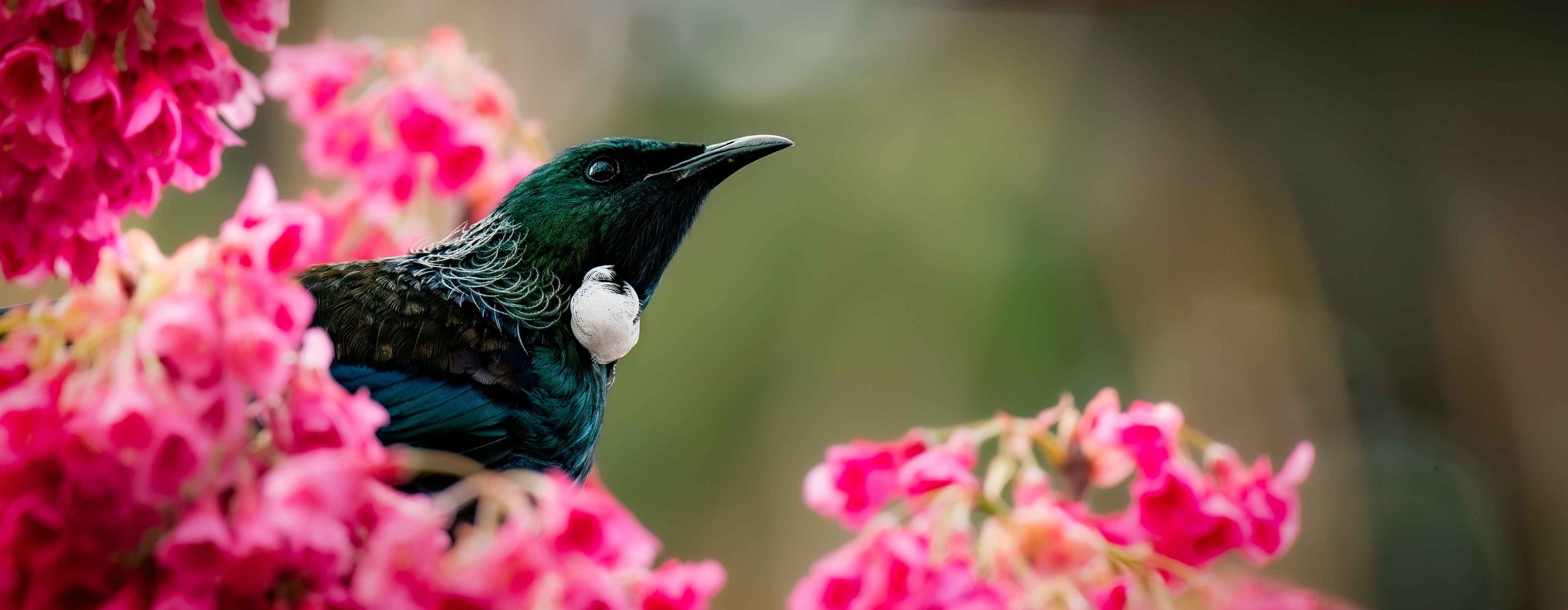
160 TUI CHERRY BLOSSOM - TASMAN

409 TUI IN CHERRY BLOSSOM - TASMAN

460 TUI IN KOWHAI TREE - FEATERSTON

24 TUI ON FLAX FLOWER - NELSON
TUI’S AND WAXEYES LOOOOVE NEW CHERRY BLOSSOMS !
I was driving through Mt Eden in Auckland when I passed a tree full of birds. I stopped and started madly snapping shots of Tuis and waxeyes having a royal feast of Cherry nectar. Unfortunately it was late afternoon on a cloudy day and the light was crap. Driving on I passed a street lined on both sides with Ornamental Cherry trees in full blossom. Yippie
5:30 the next morning I arrived back at the street and couldn’t believe my eyes (or ears). There must have been 500 Tuis, all on a sugar high, jumping from branch to branch faster than I could keep up. The noise was increadible! Beeing so hyped up, they were pretty difficult to photograph. After two hours of ducking, dodging, reaching and bending, to get clear shots through the branches, I was completely knackered. Got some ok shots though.
So a while later I was in Tasman, near Motueka, When I passed another Cherry tree in blossom - same deal, Tuis and Waxeyes. I went back 3 times to that tree. Unfortunately the weather wasn’t on my side but I managed to get a few good shots.
Hope you like them
WAXEYE
TAUHAU

190 WAXEYE - CLYDE
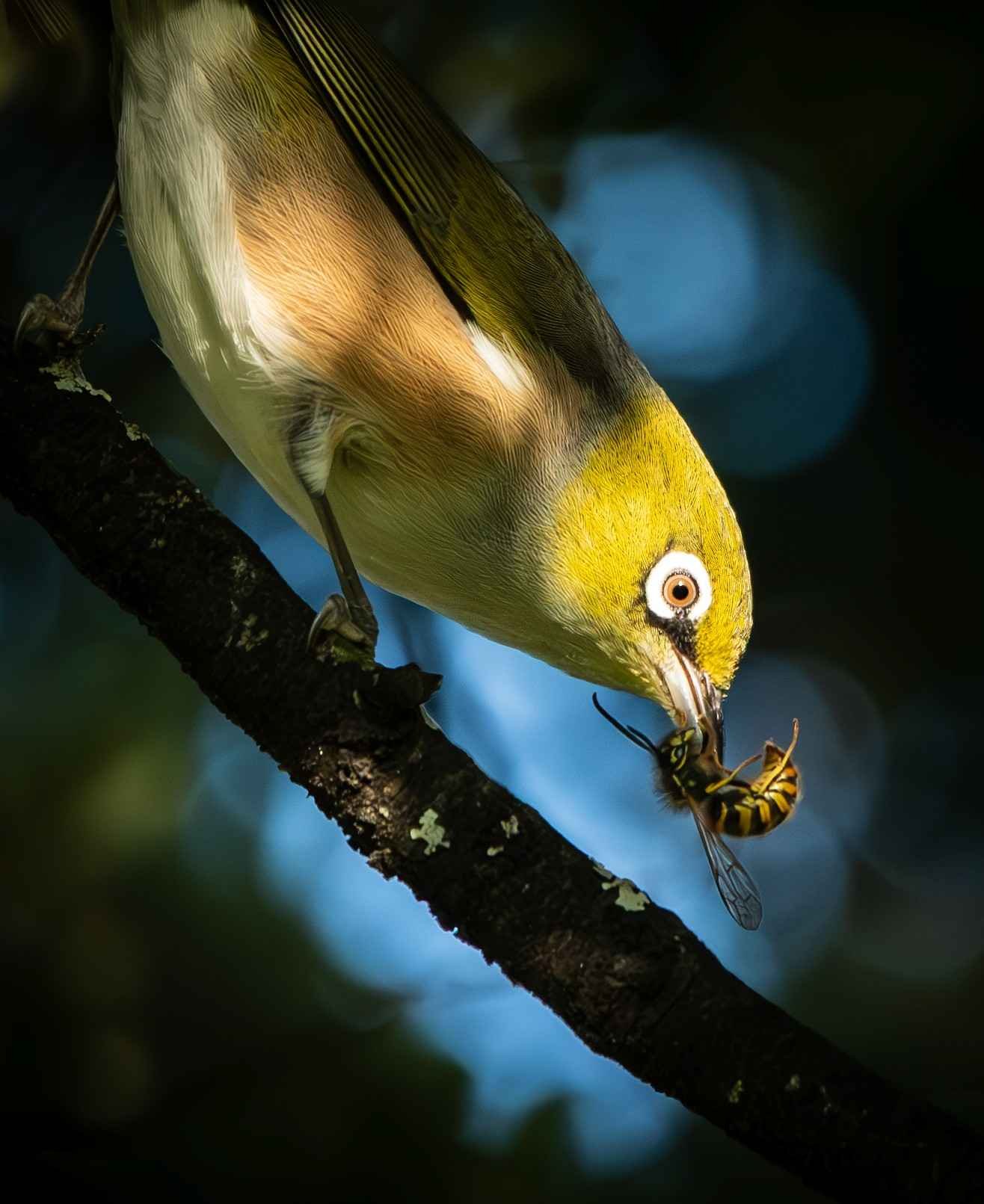
44 WAXEYE EATING WASP - GLENTUI VALLEY

50 WAXEYE - GLENTUI VALLEY

189 WAXEYE ON CHERRY BLOSSOM - Mt EDEN

212 WAXEYE - POHATU

216 WAXEYE - POHATU

218 WAXEYE - POHATU

351 WAXEYE - PUKAHA

357 WAXEYE - Mt BRUCE

362 WAXEYE - PUKAHA

434 WAXEYE IN CHERRY BLOSSOM - MAIN St DELI GREYTOWN

437 WAXEYE IN CHERRY BLOSSOM - MAIN St DELI GREYTOWN

438 WAXEYE IN CHERRY BLOSSOM - MAIN St DELI GREYTOWN

439 WAXEYE IN CHERRY BLOSSOM - MAIN St DELI GREYTOWN

431 WAXEYE IN CHERRY BLOSSOM - MAIN St DELI GREYTOWN

432 WAXEYE IN CHERRY BLOSSOM - MAIN St DELI GREYTOWN

435 WAXEYE IN CHERRY BLOSSOM - MAIN St DELI GREYTOWN

436 WAXEYE IN CHERRY BLOSSOM - MAIN St DELI GREYTOWN

440 WAXEYE ON CHERRY BLOSSOM - MAIN St DELI GREYTOWN

451 WAXEYE IN WATTLE TREE - GREYTOWN


531 WAXEYE IN WATTLE TREE - GREYTOWN

183 WAXEYE - CLYDE
CHERRY BLOSSOM - MAIN St DELI GREYTOWN
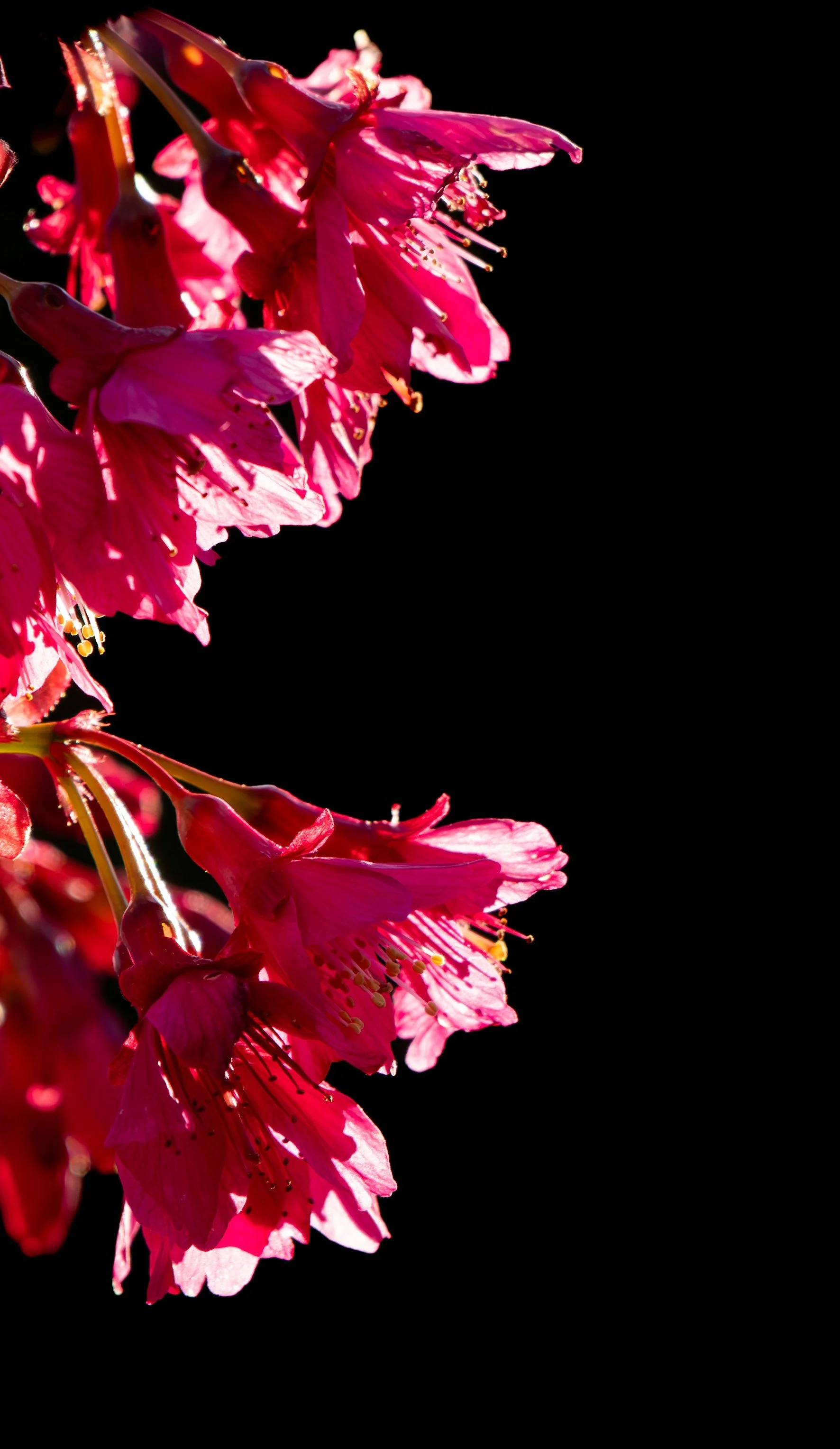
These little guys were loving the new cherry blossoms in the Main Street Deli’s courtyard in Greytown
WHITEHEAD
POPOKOTEA

347 WHITEHEAD - Mt BRUCE

355 WHITEHEAD - Mt BRUCE

642 WHITEHEAD - PUKAHA - Mt BRUCE

346 WHITEHEAD - Mt BRUCE
WOOD PIDGEON
KERERU

329 WOOD PIDGEON - PYRAMID VALLEY

374 WOOD PIDGEON - PUKAHA

375 WOOD PIDGEON - PUKAHA

167 WOOD PIDGEON - HURUNUI
WRYBILL
NGUTU PARE

26 WRYBILL PULLING WORM - WAIKUKU

509 WRYBILL CLEANING HIS DINNER - WAIKUKU

727 WRYBILL - MOTUNAU

104 WRYBILL - MOTUNAU
YELLOWHAMMER

608 YELLOWHAMMER - J.K. DONALD RESERVE - LAKE WAIRARAPA

703 YELLOWHAMMER - LAKE WAIRARAPA

487 YELLOWHAMMER FEMALE - FEATHERSTON
YELLOWHEAD

654 YELLOWHEAD - FEATHERSTON



